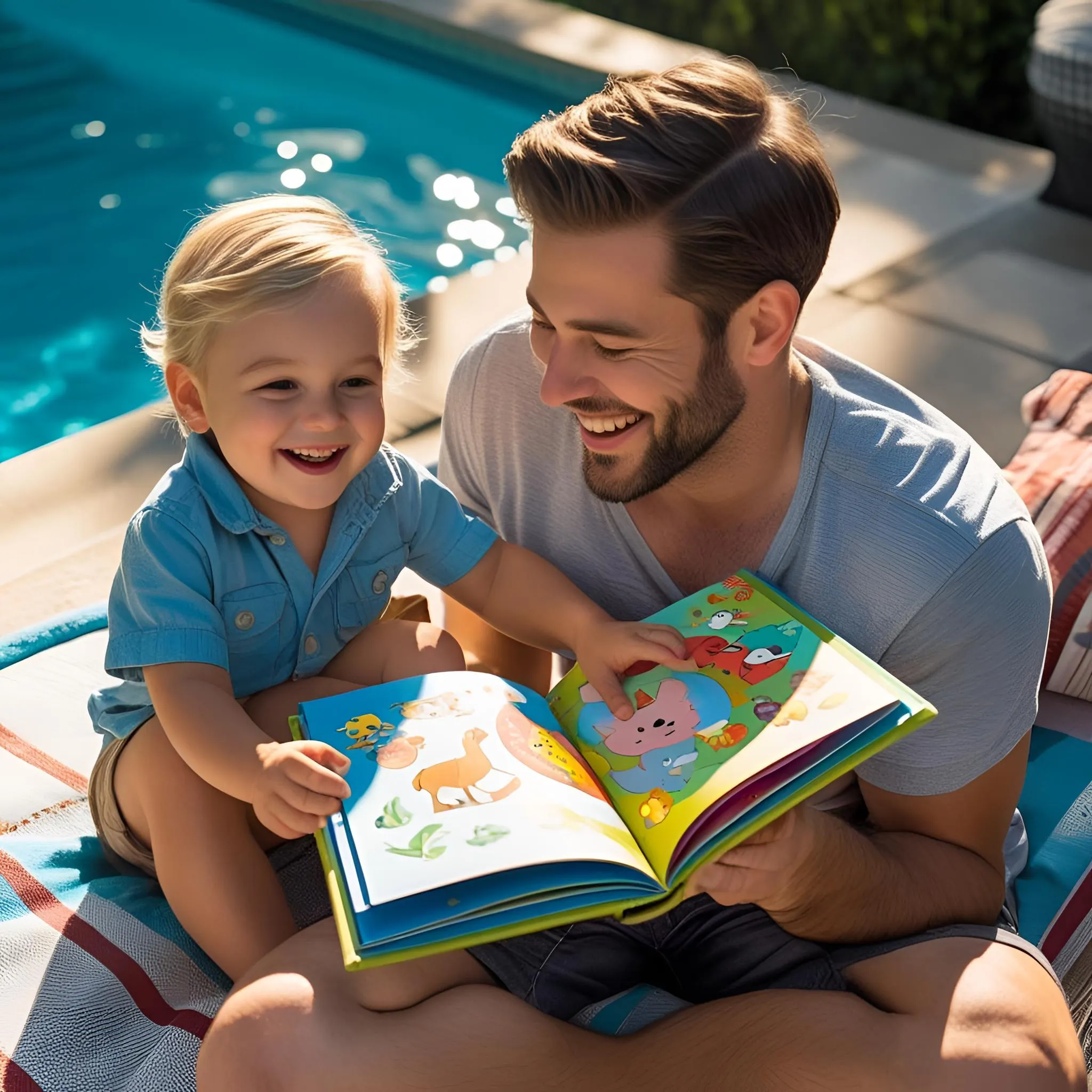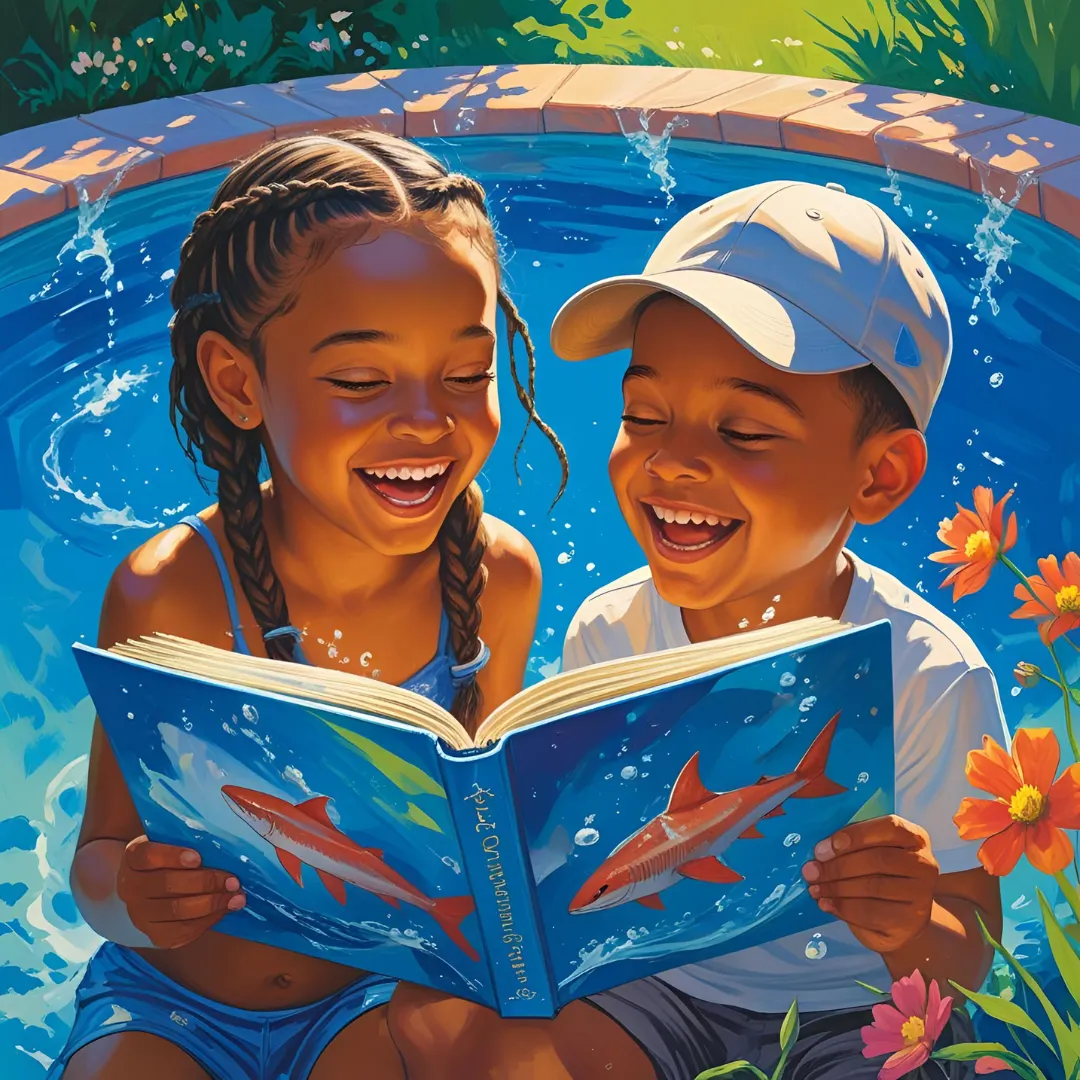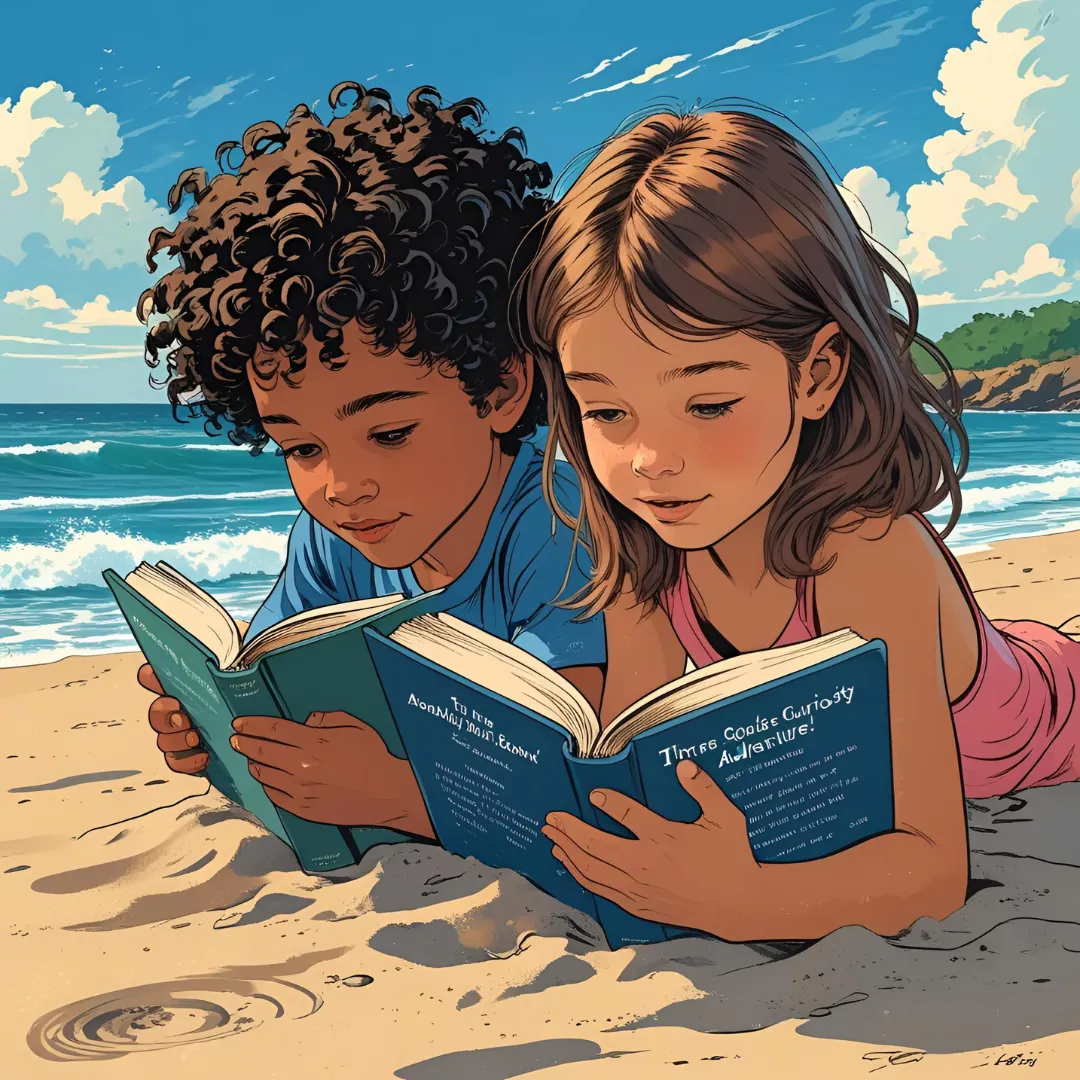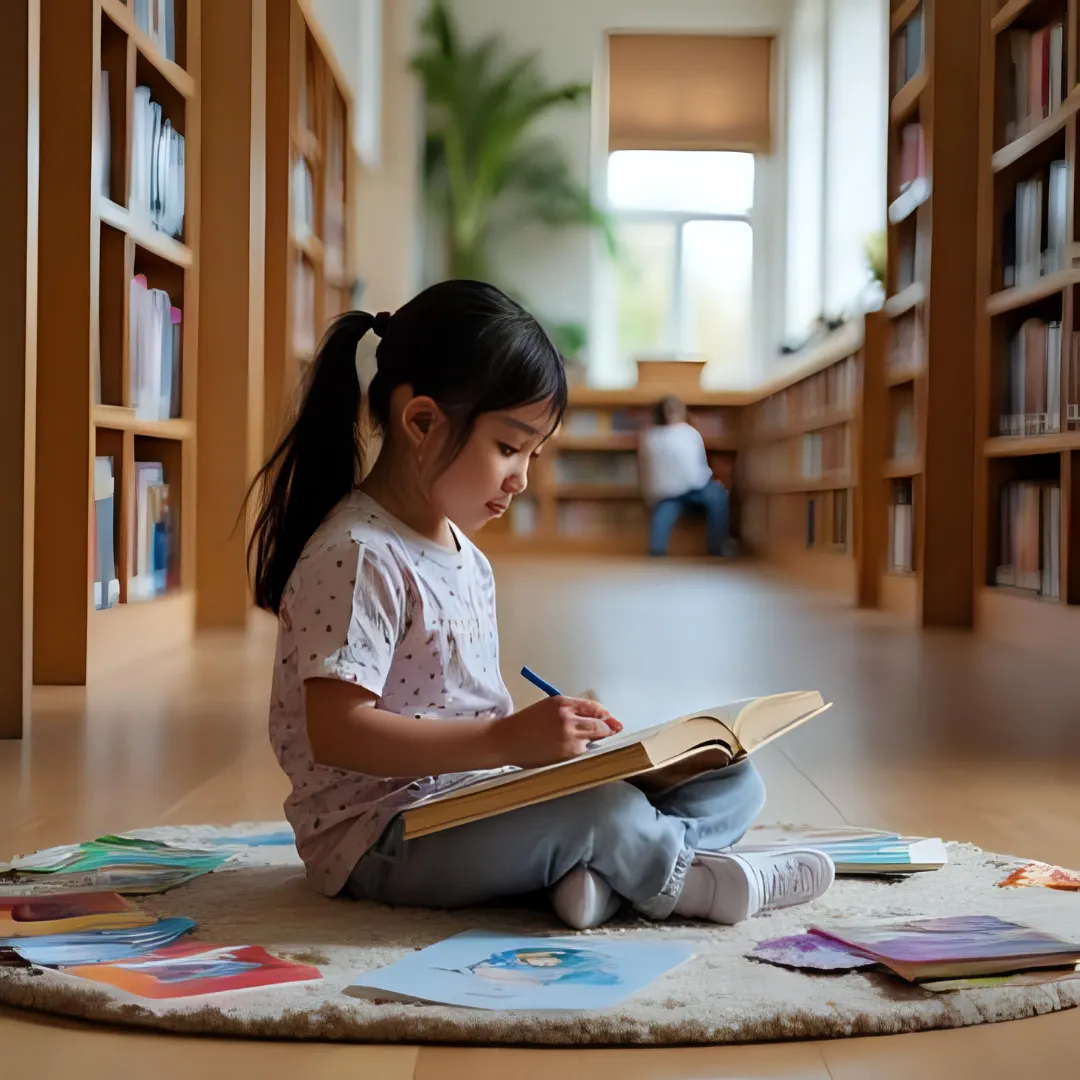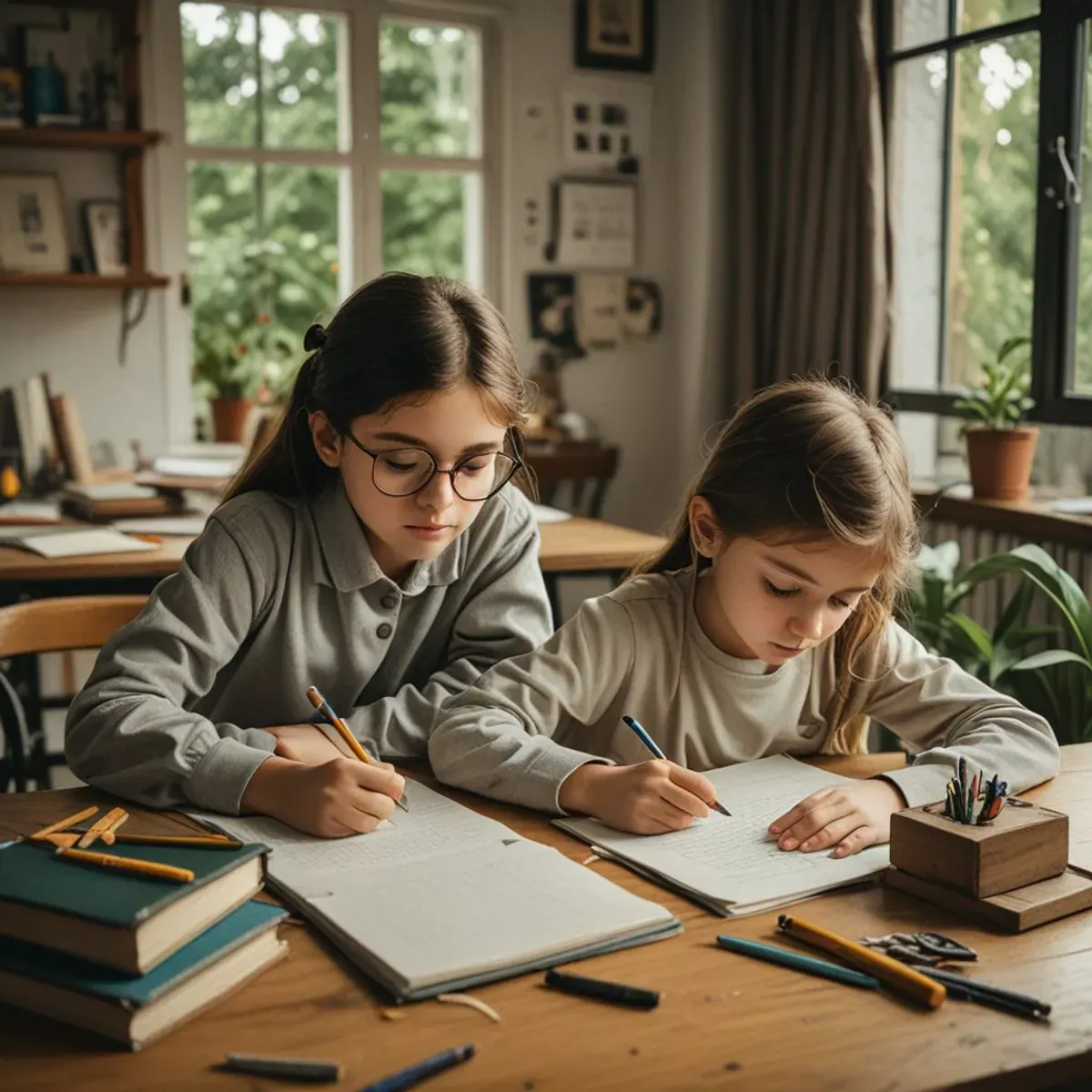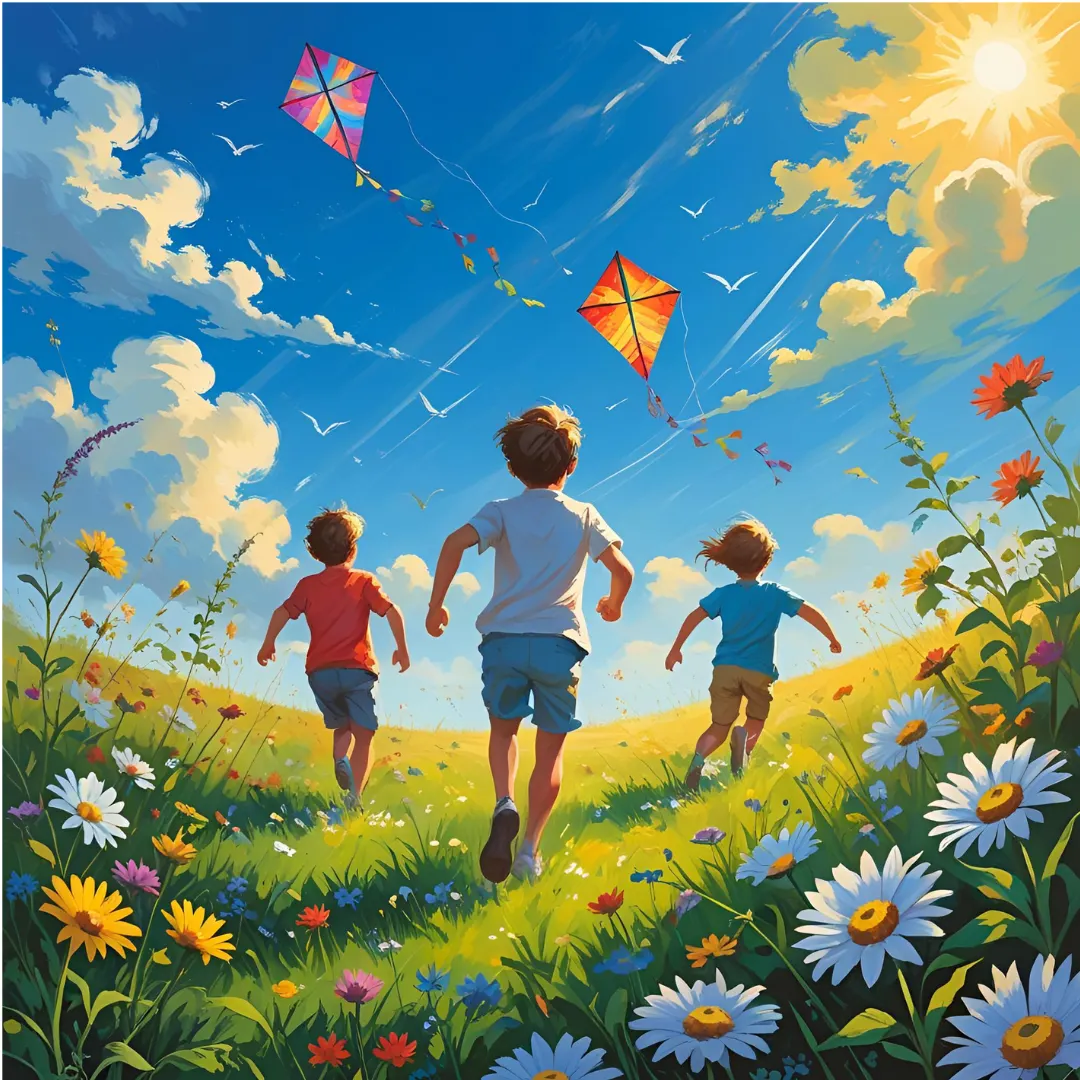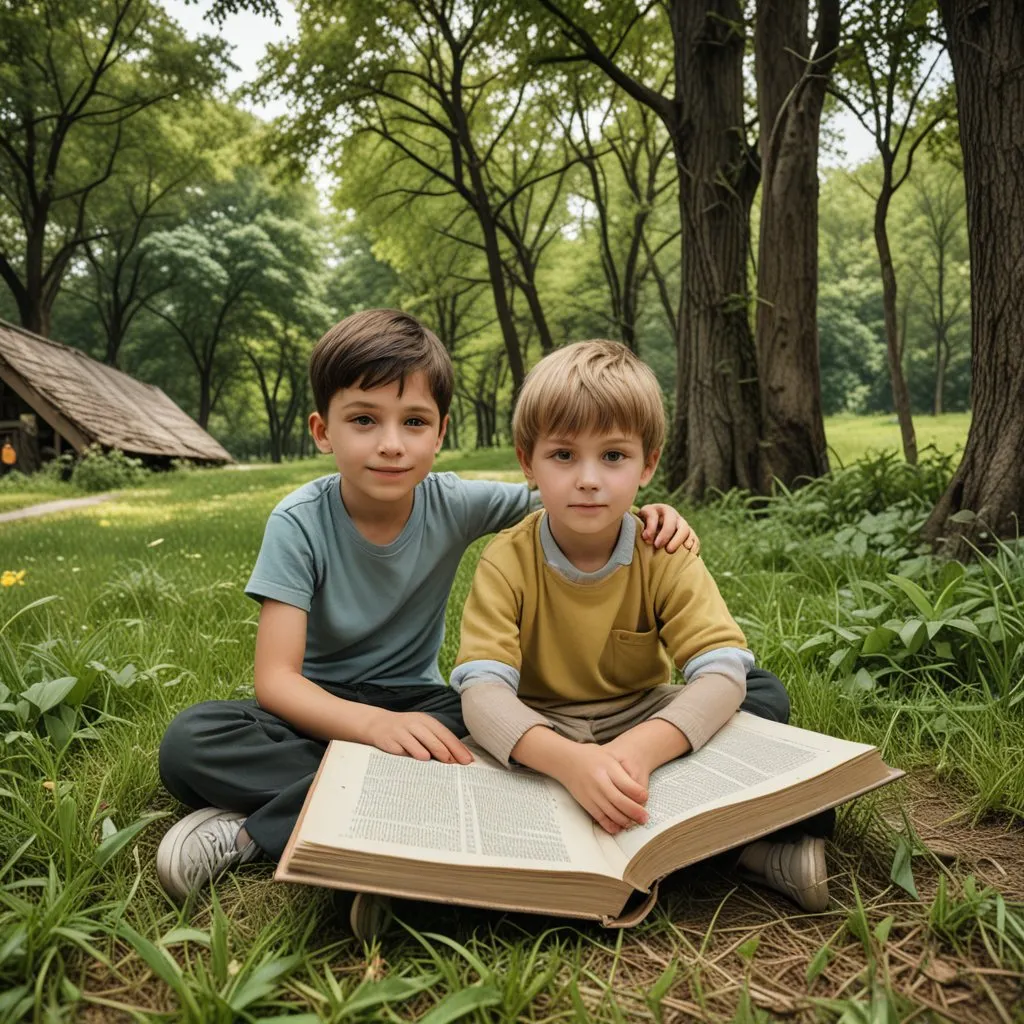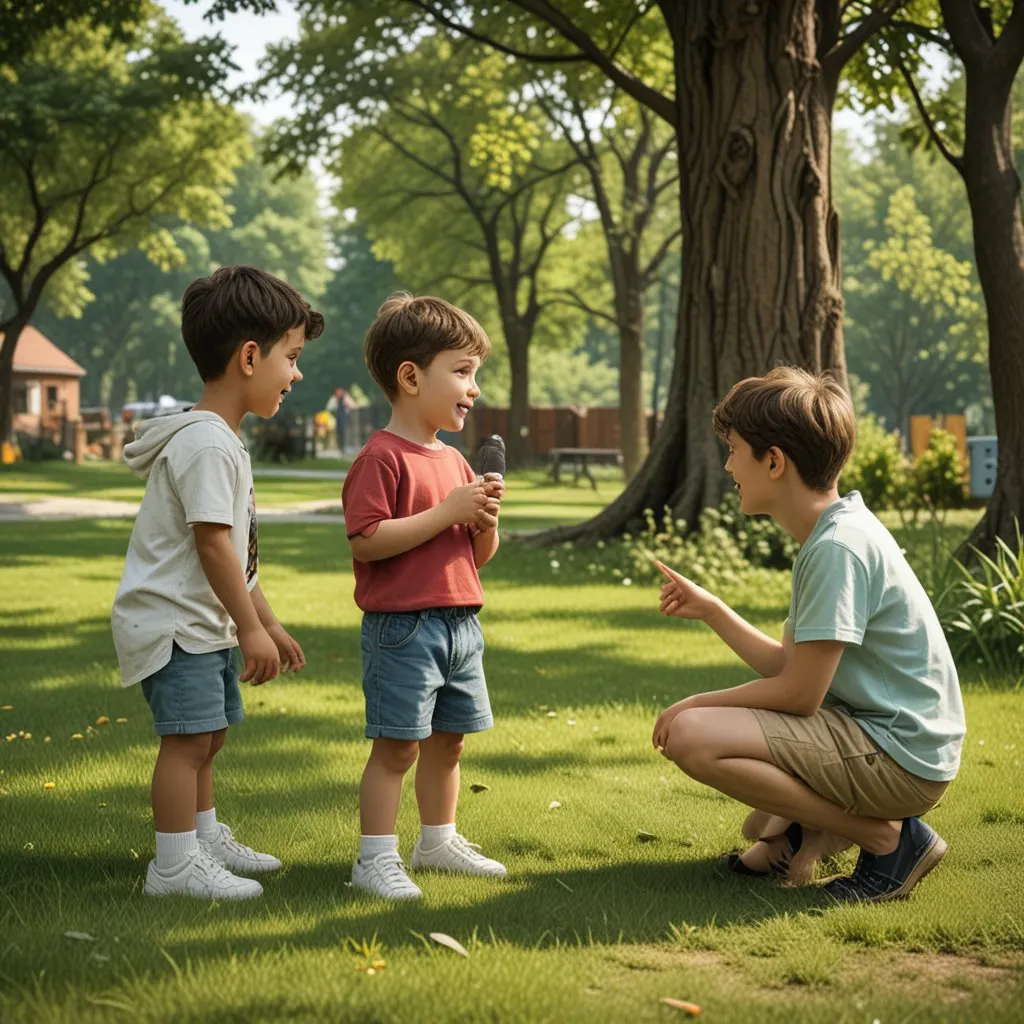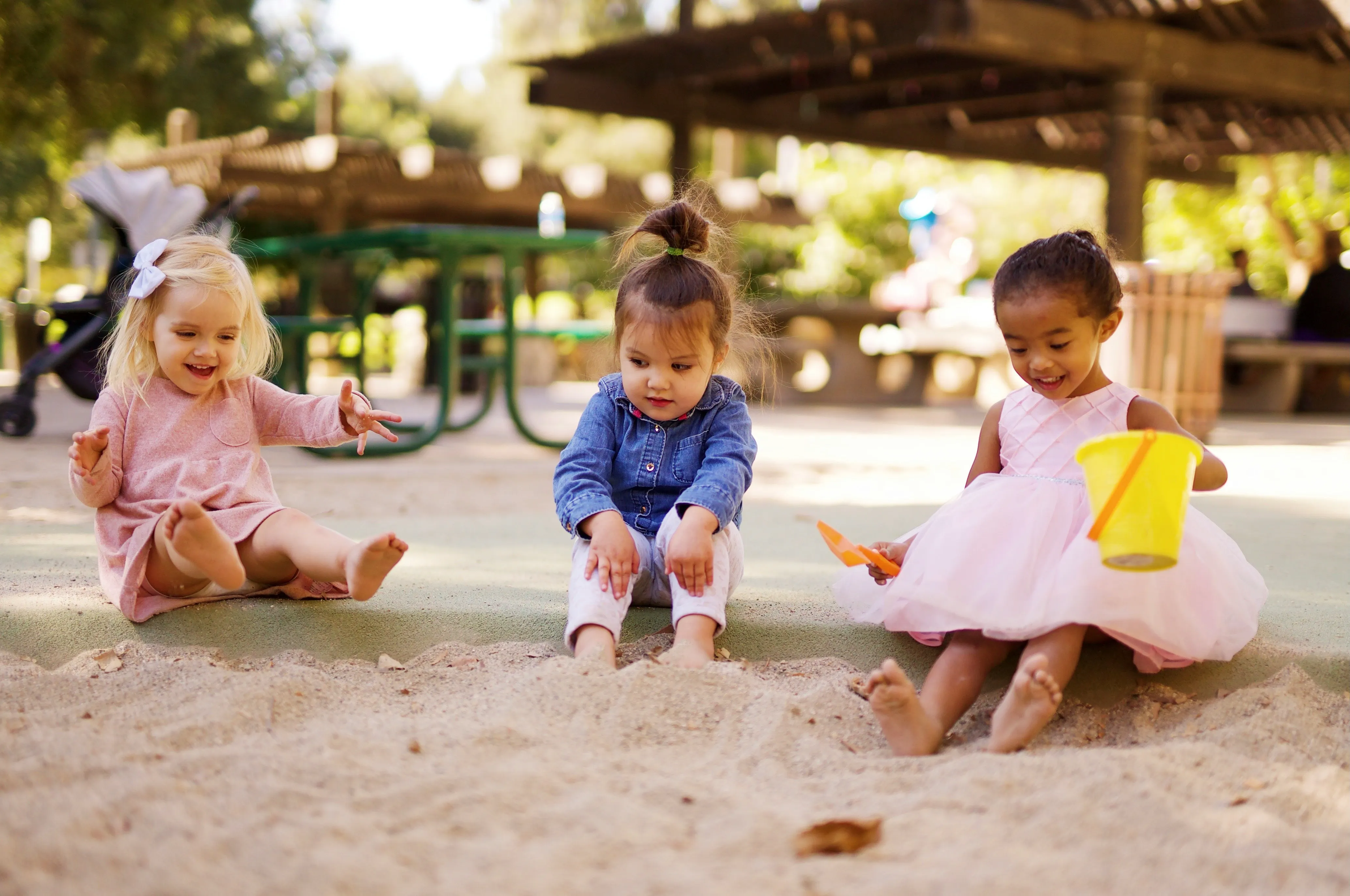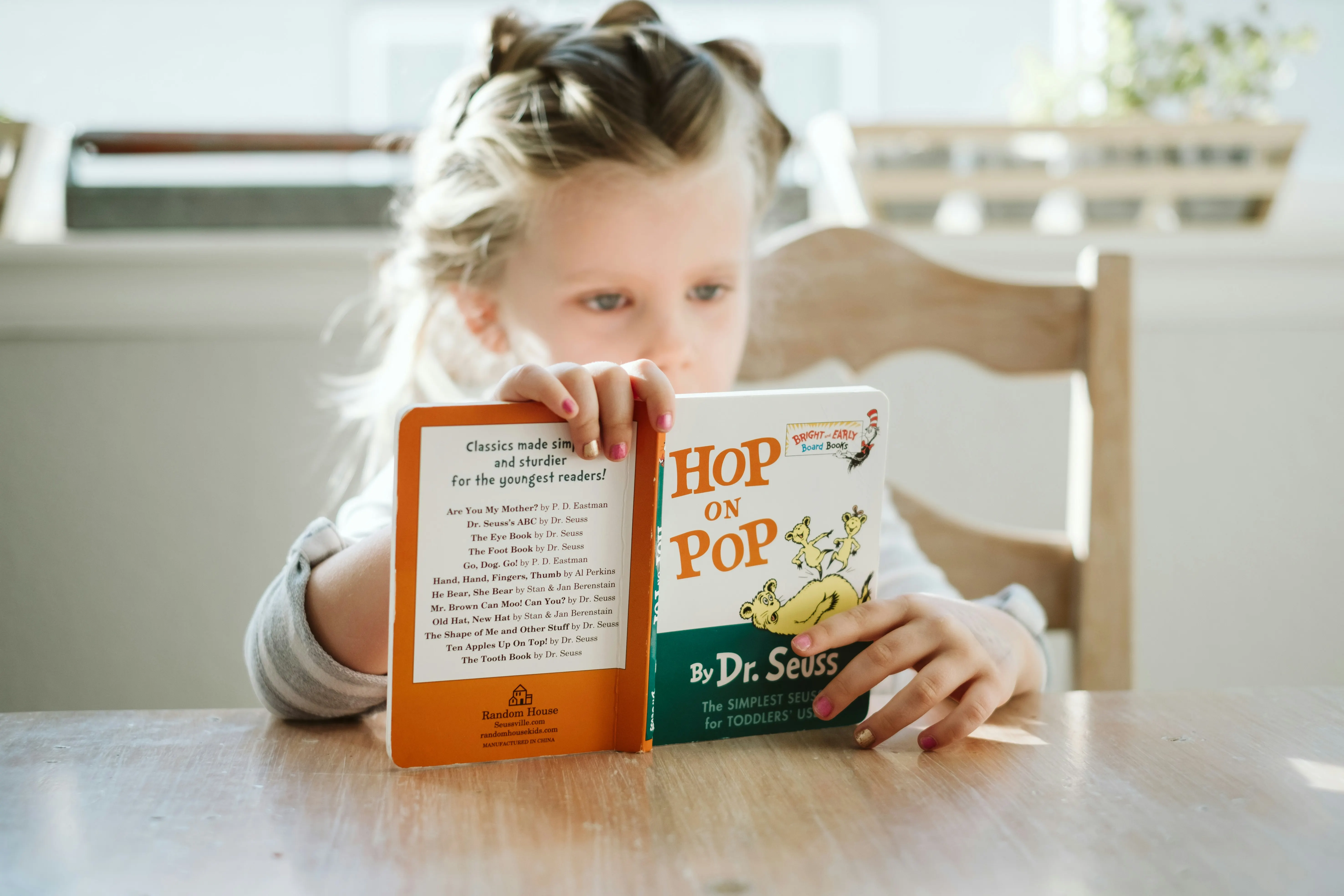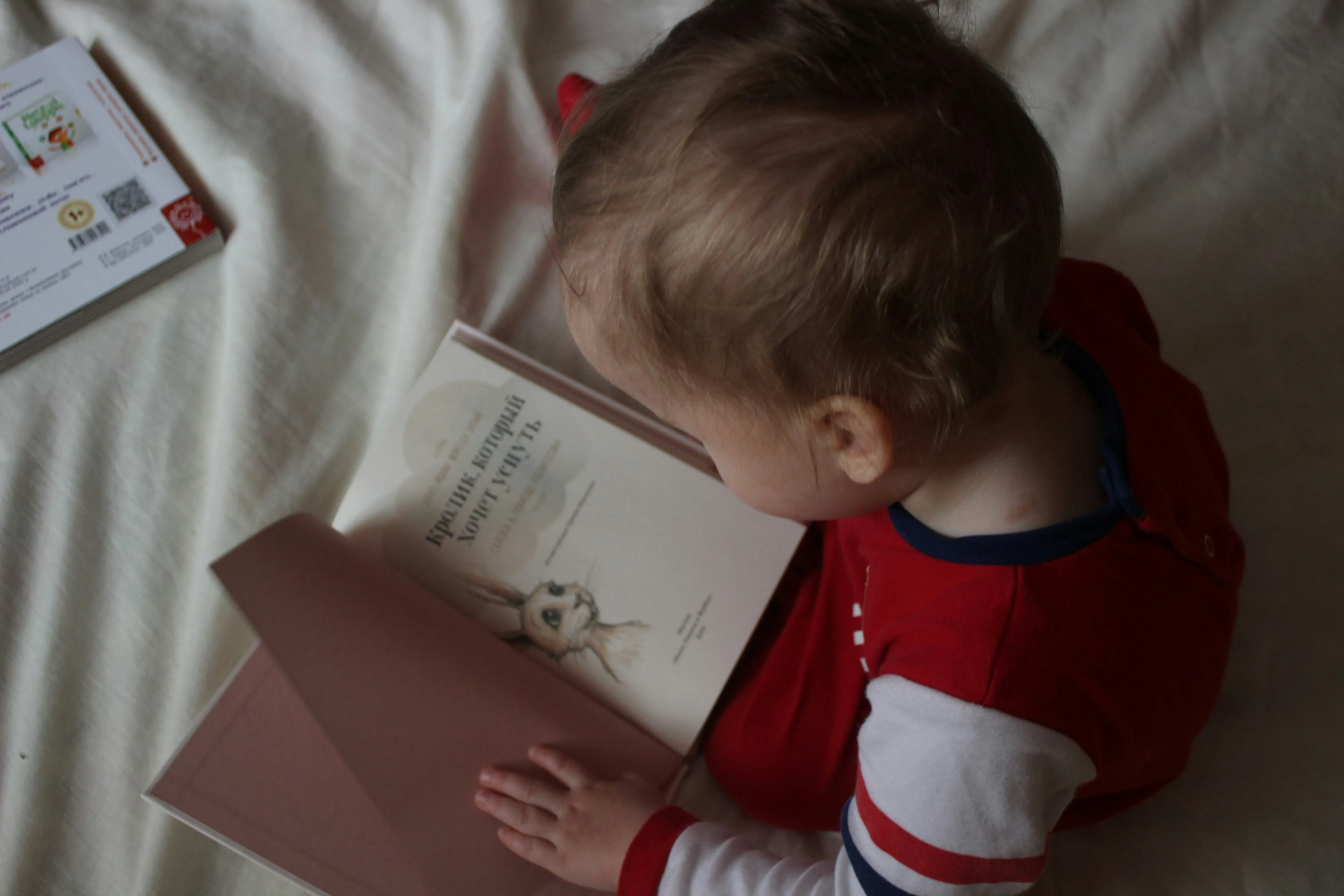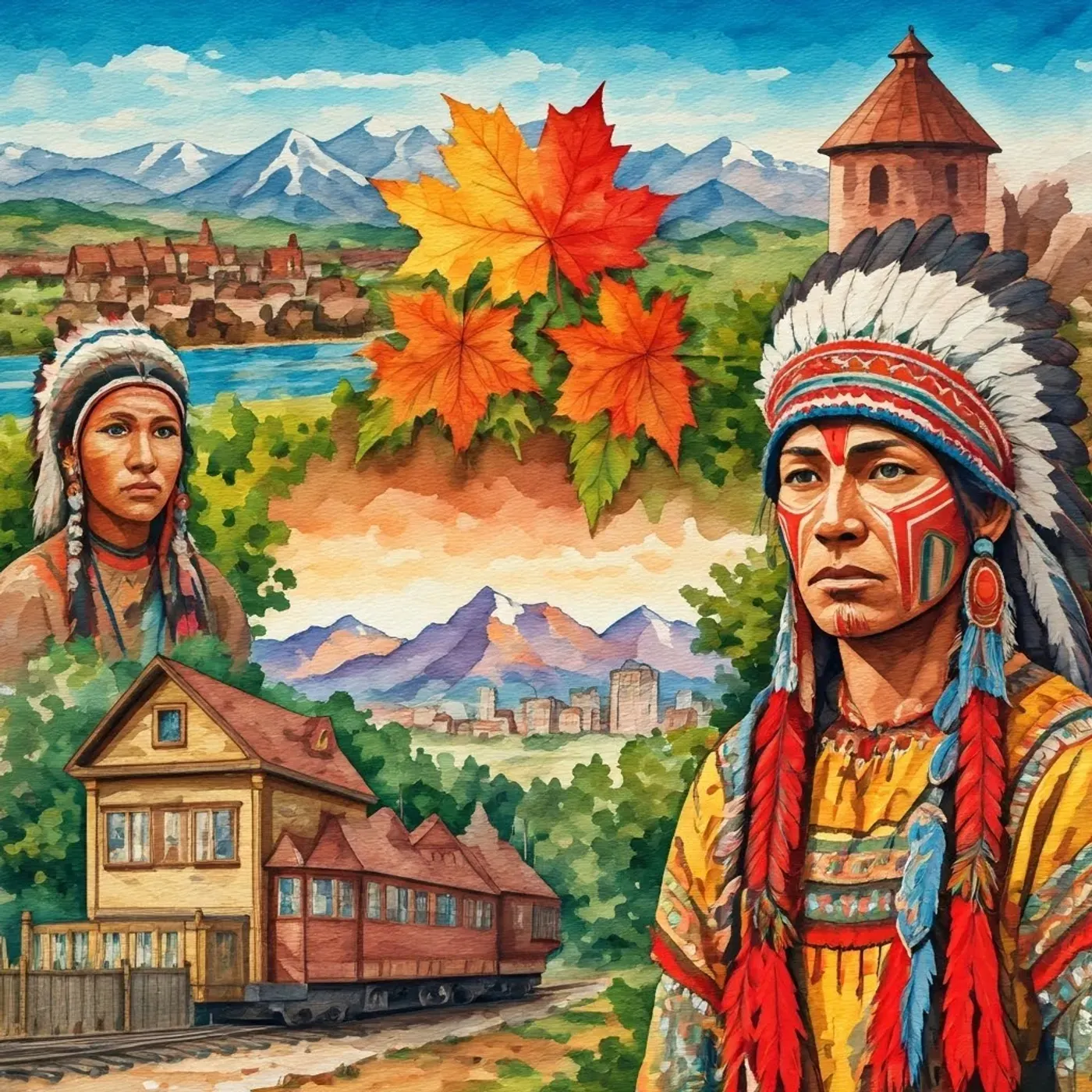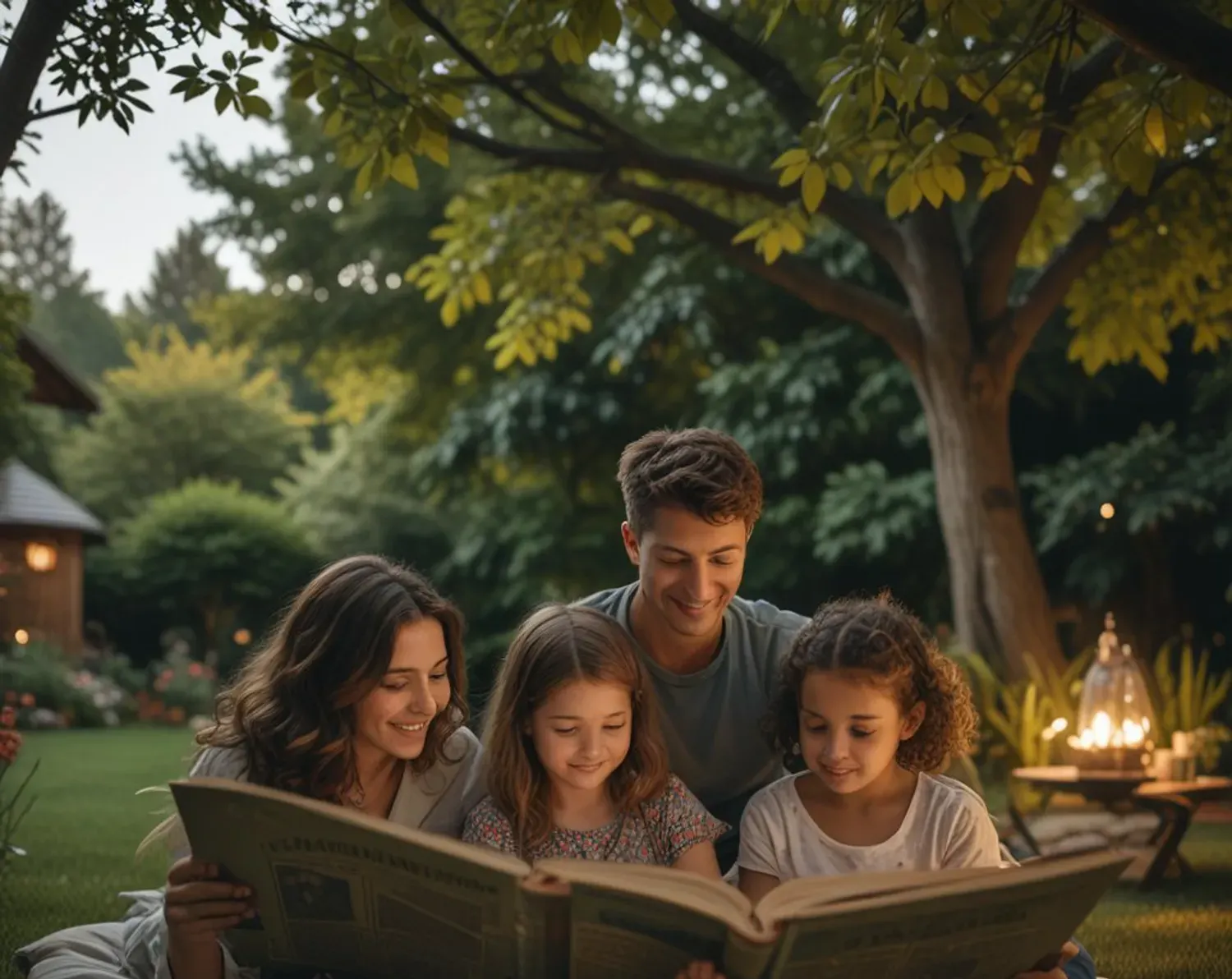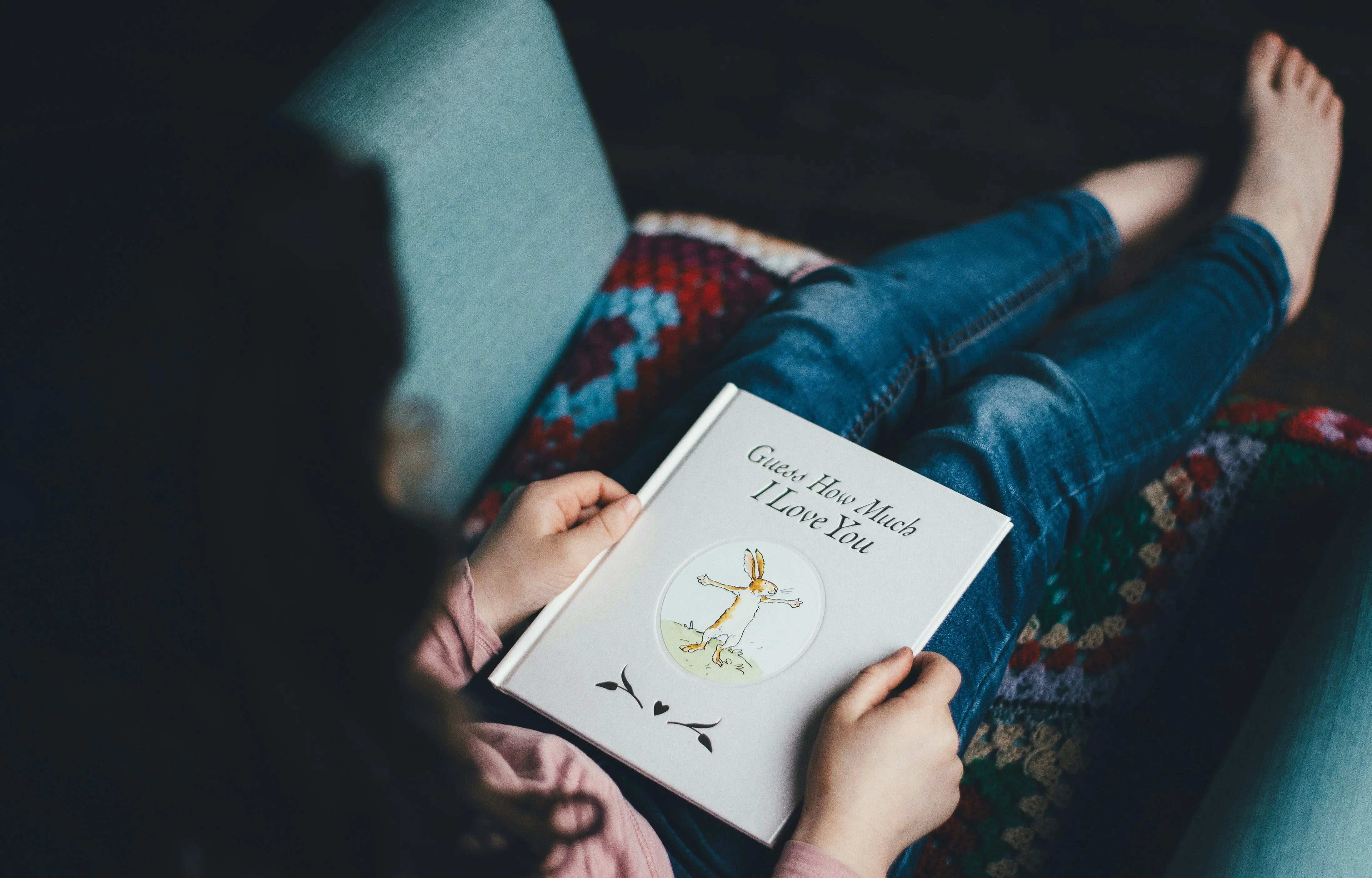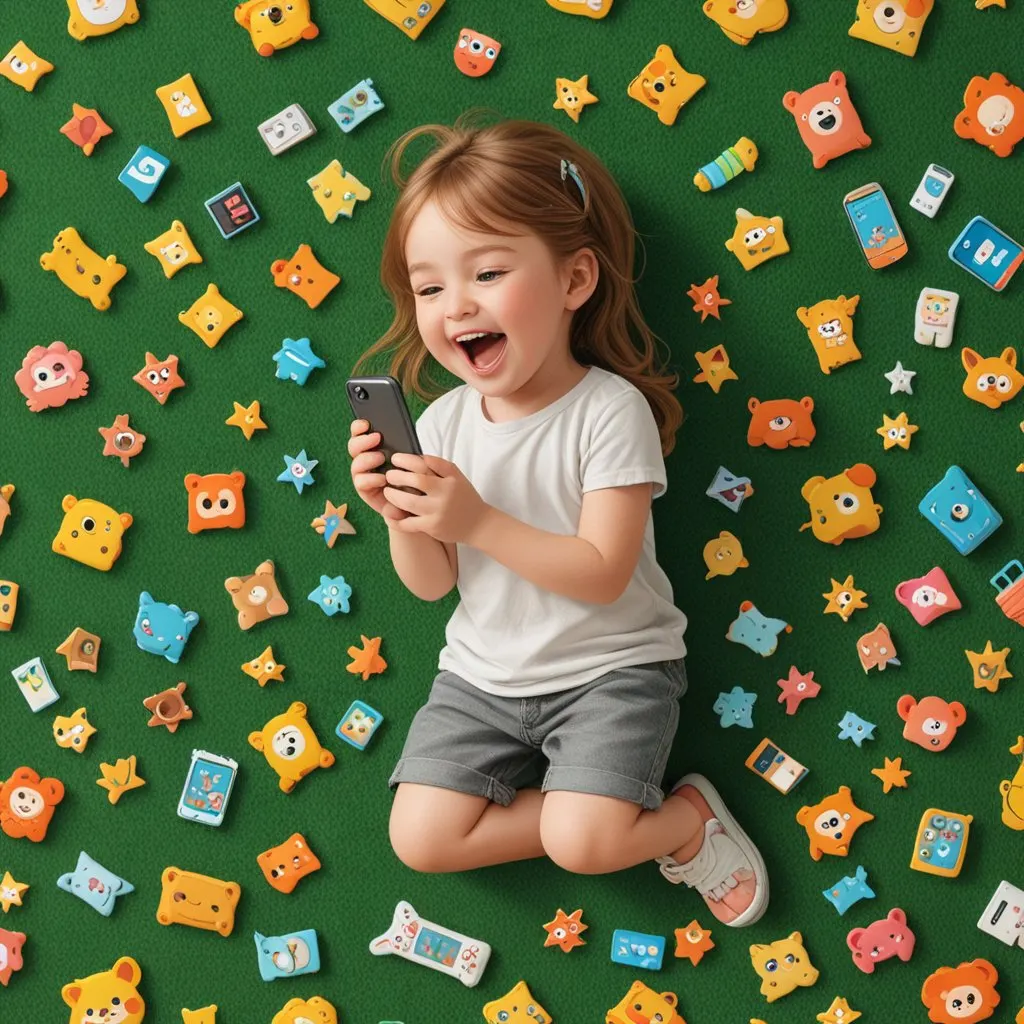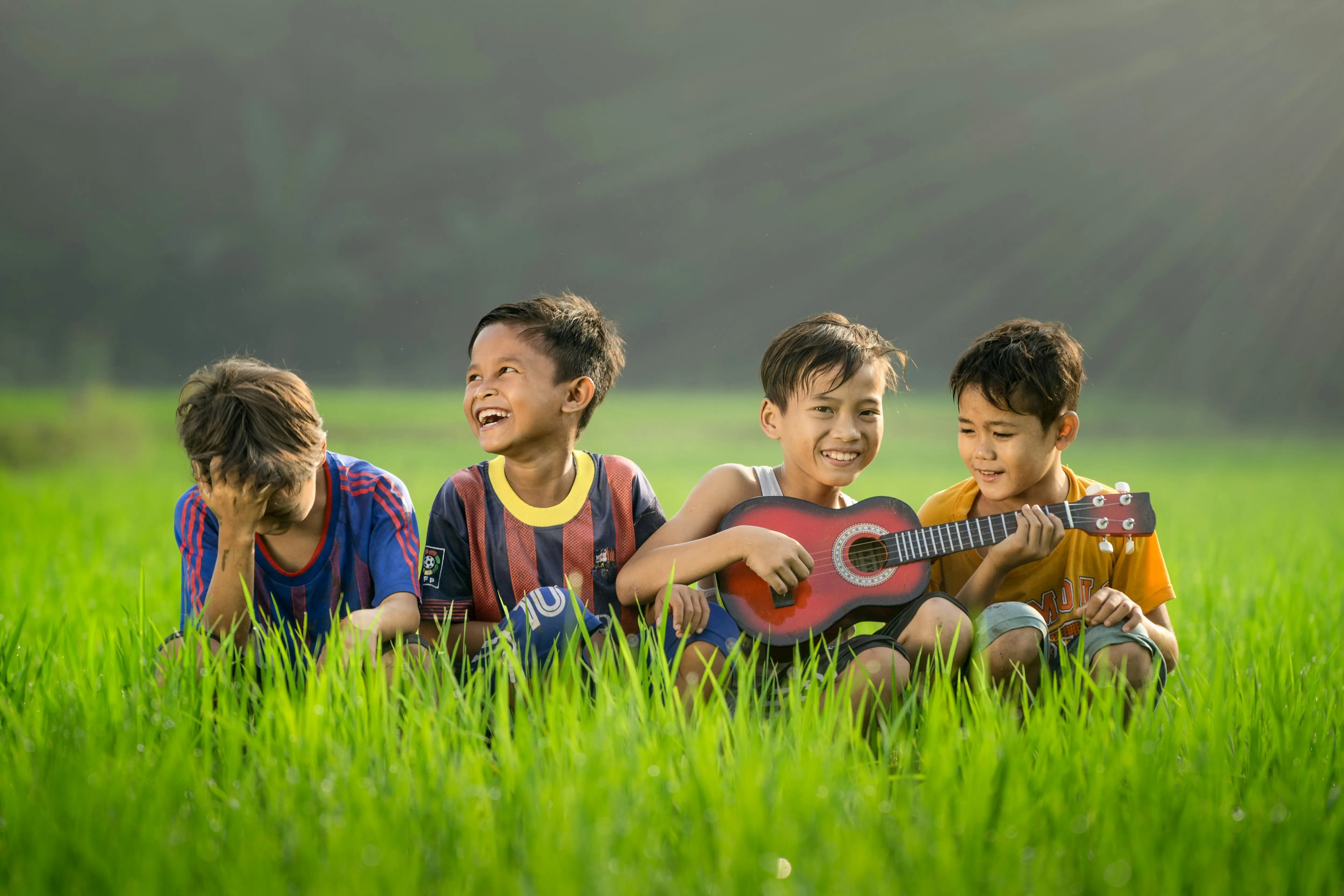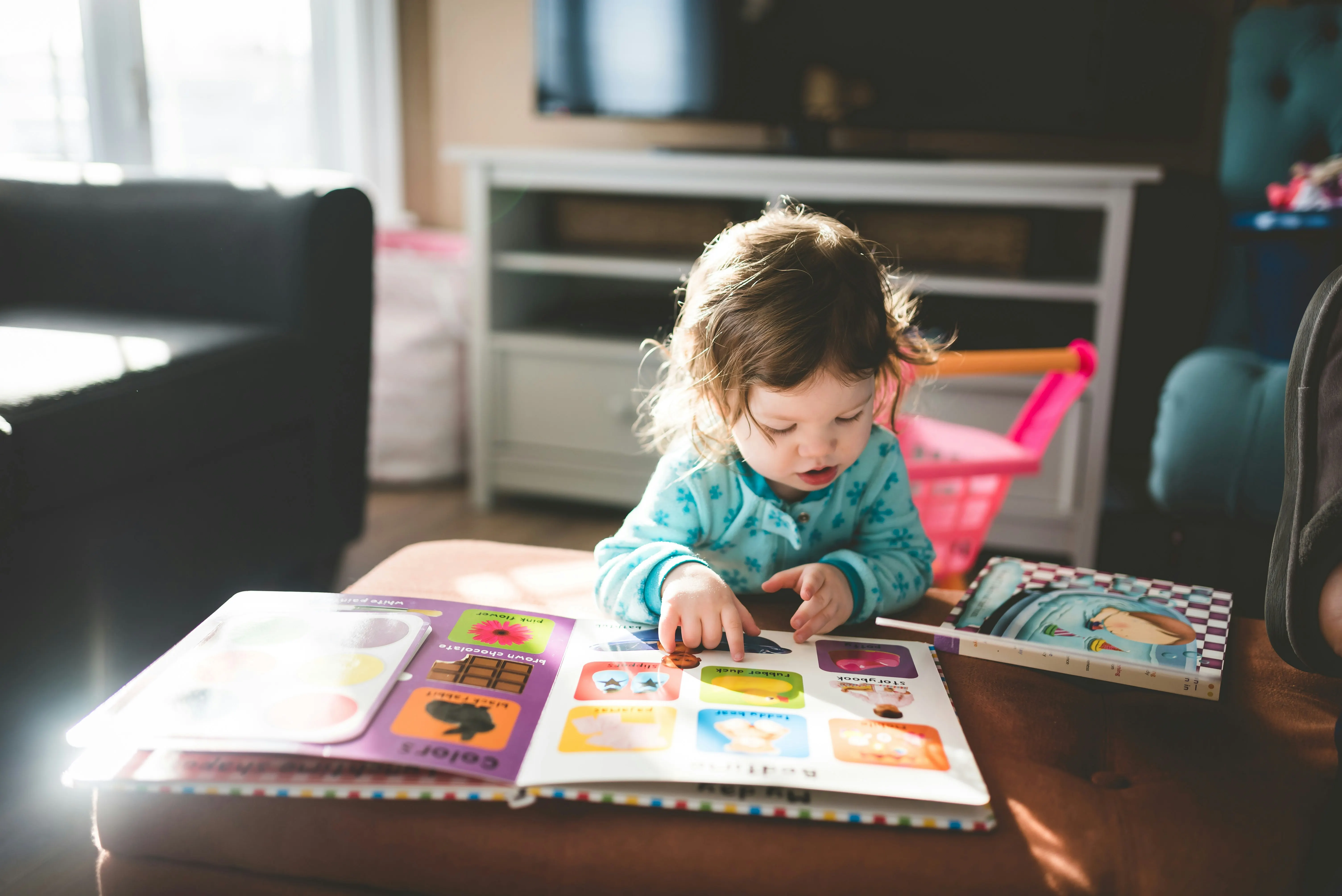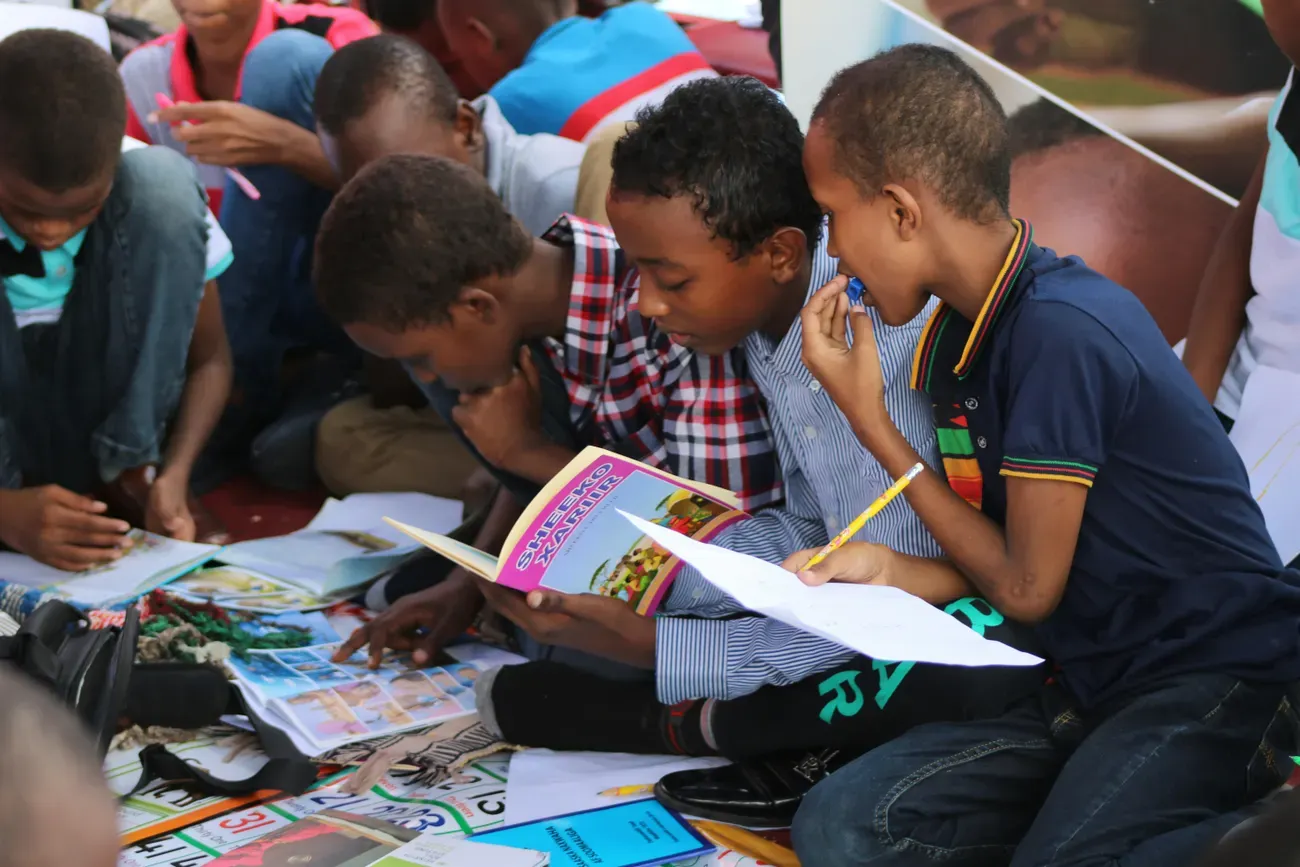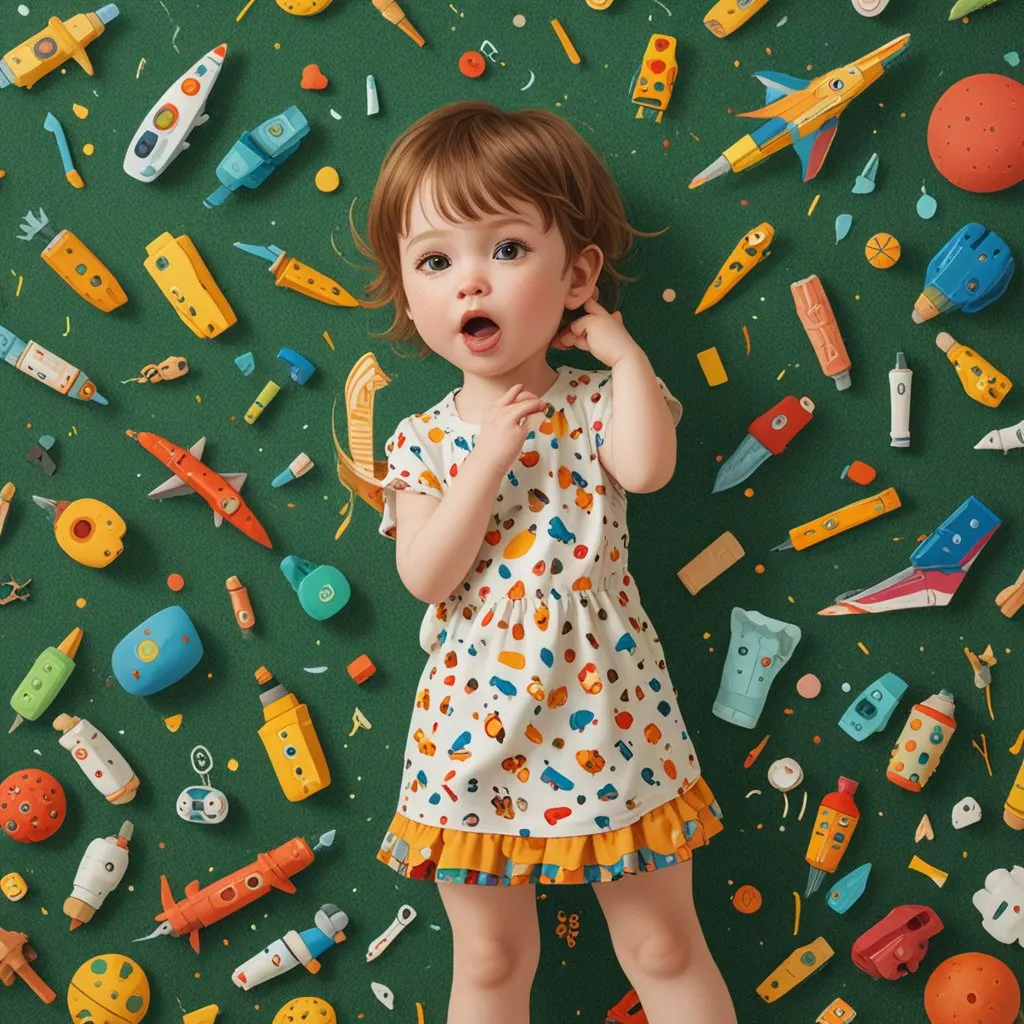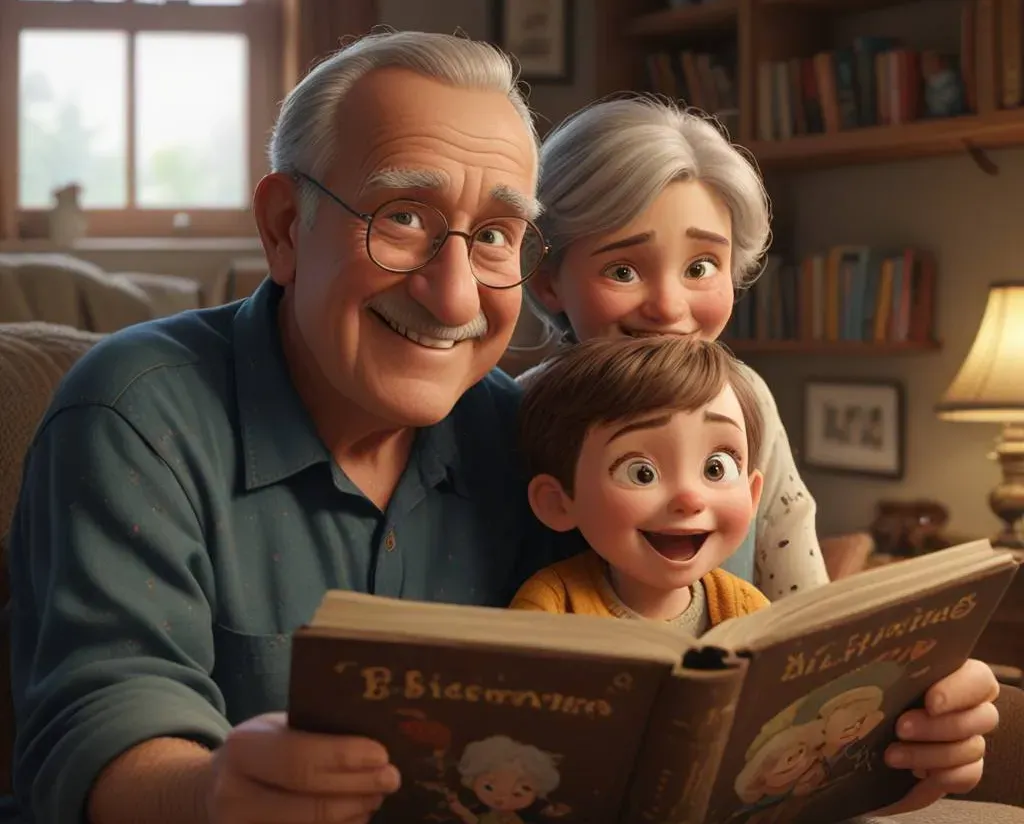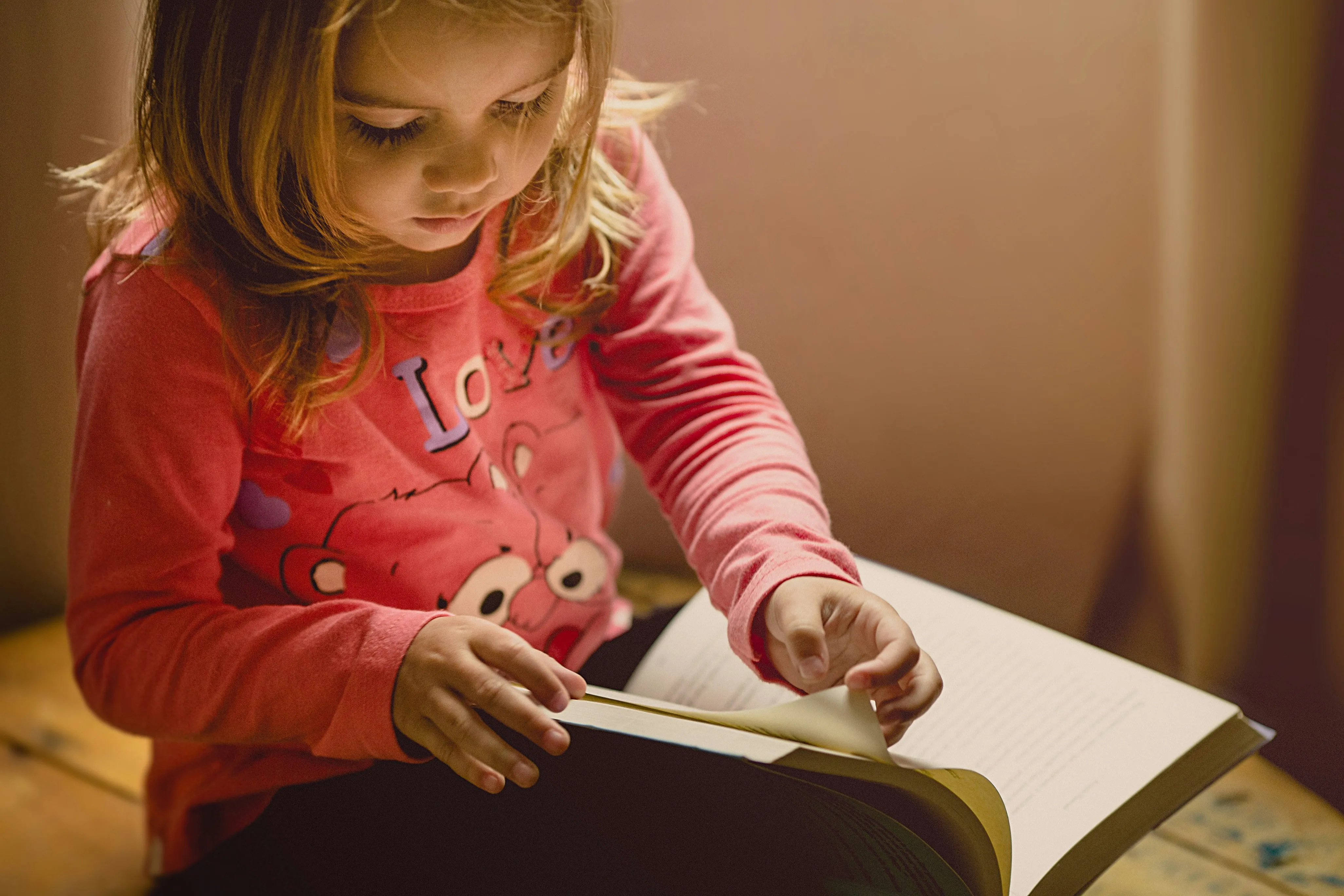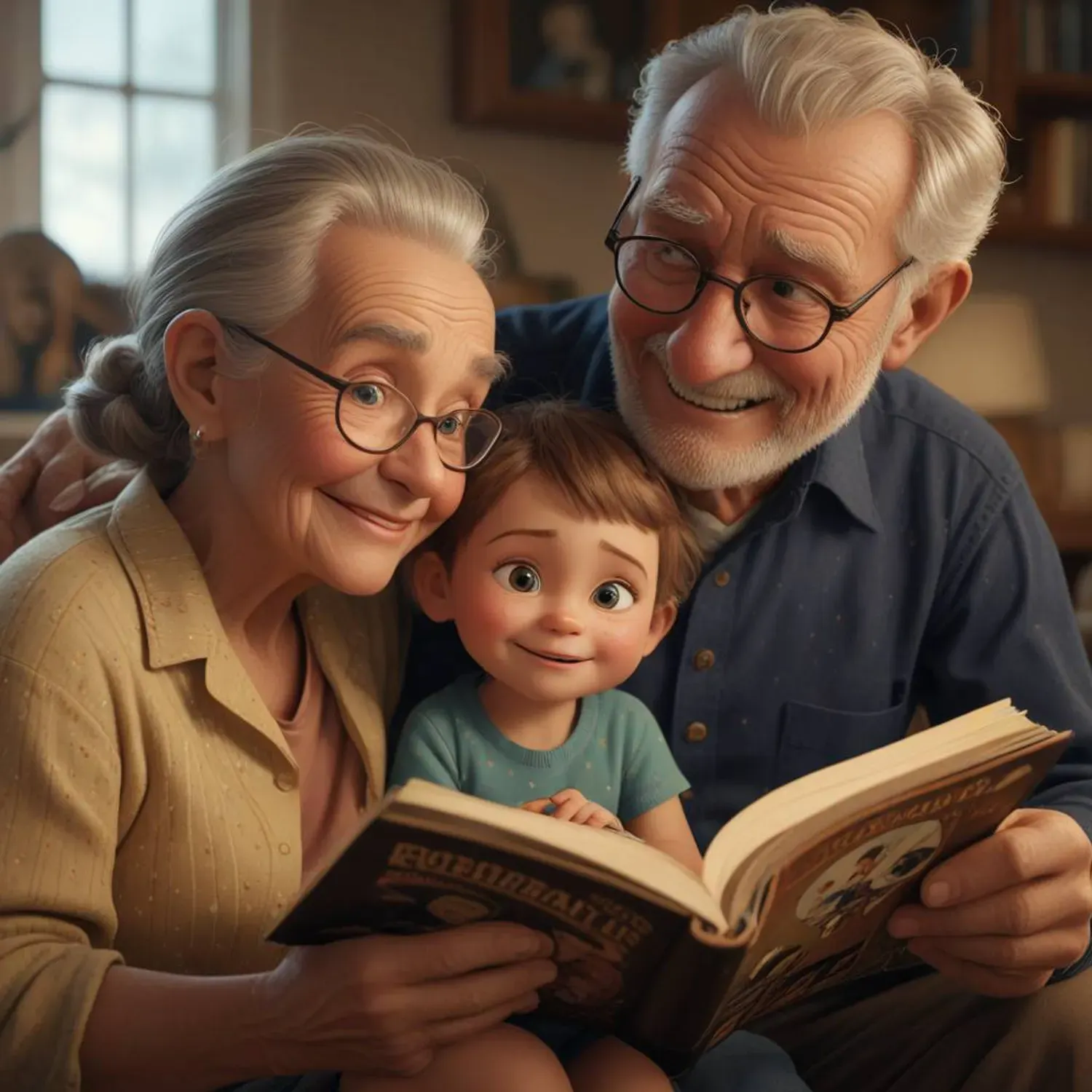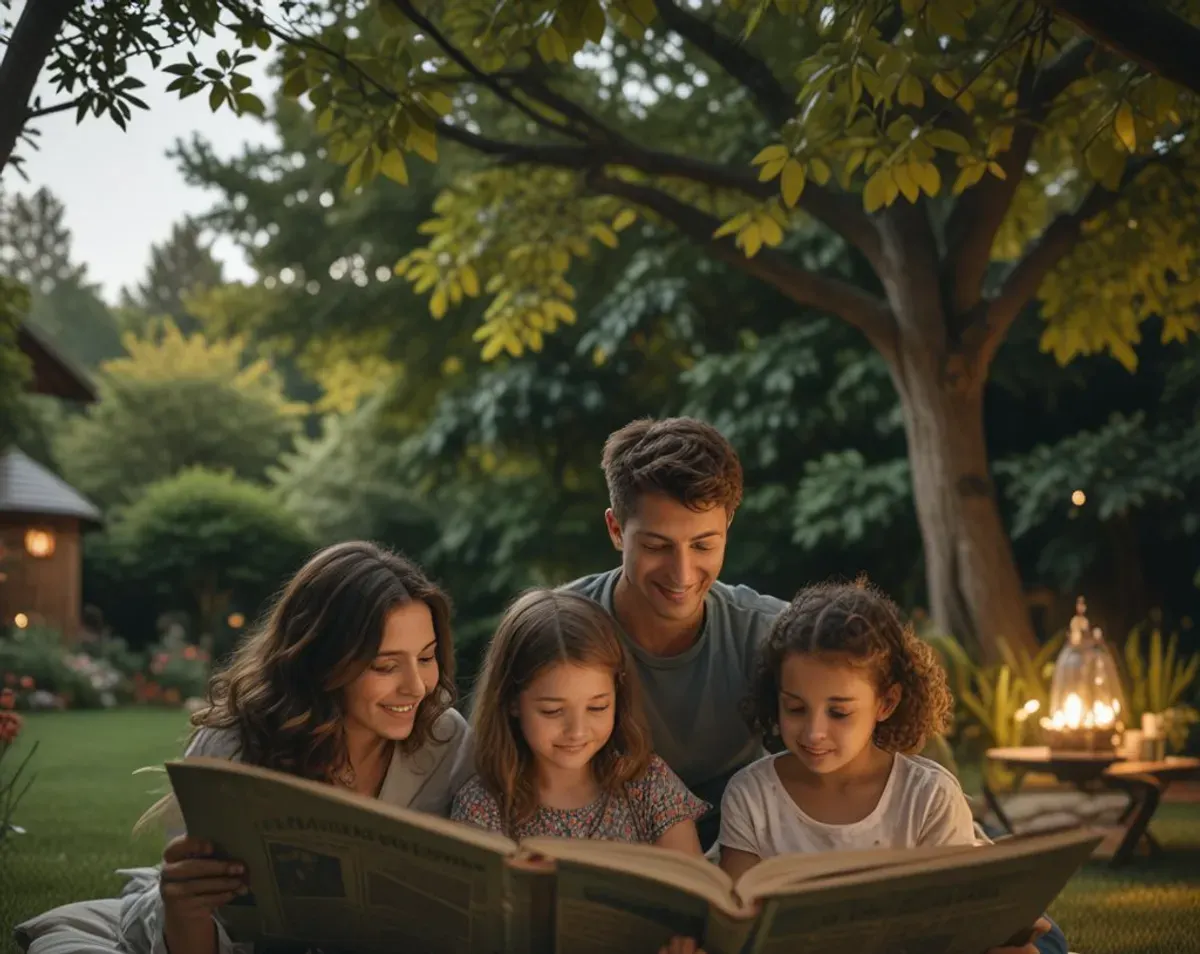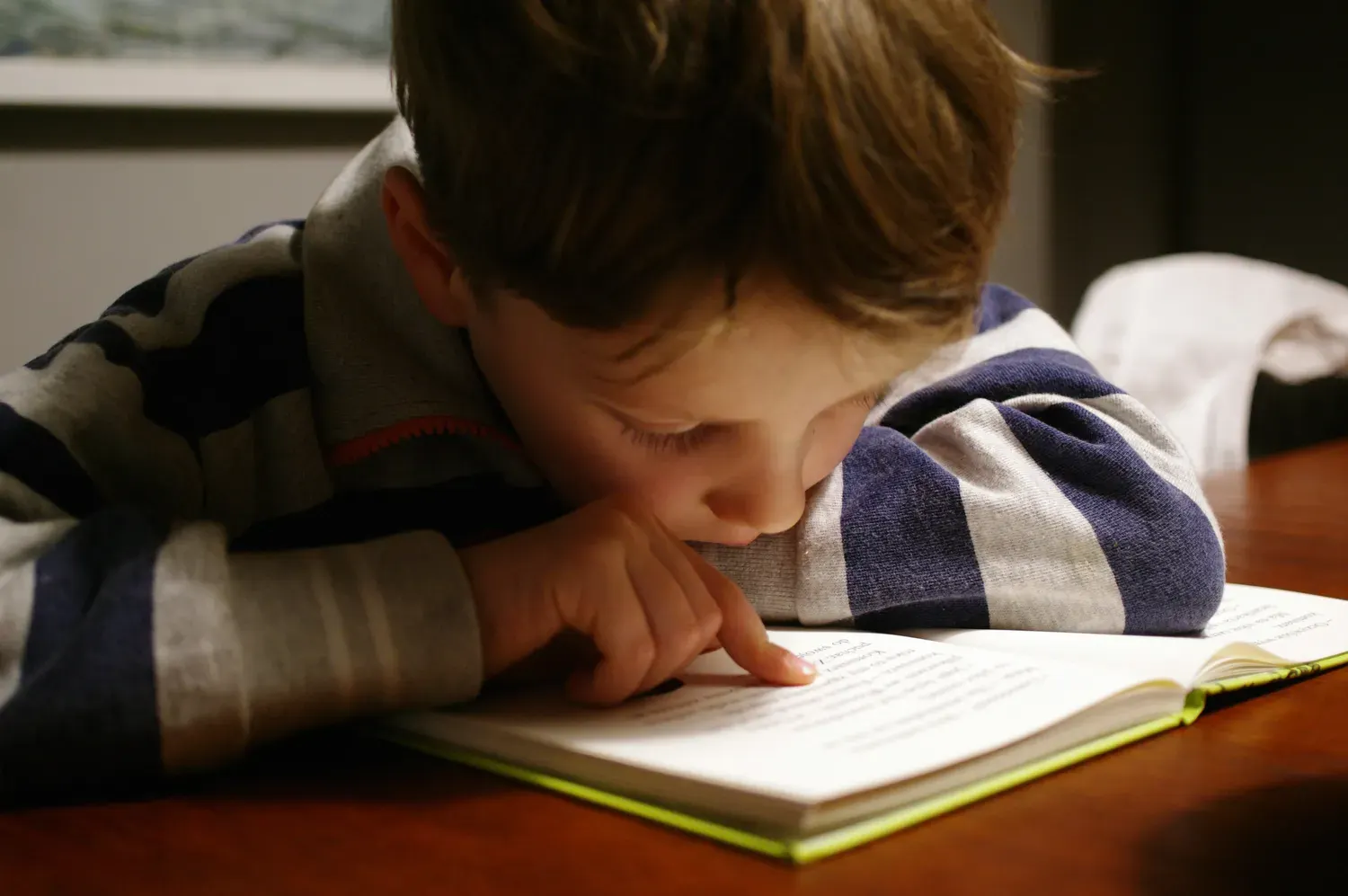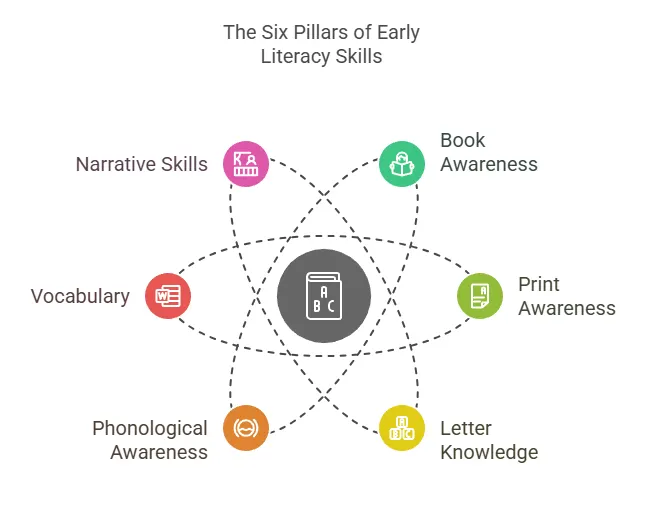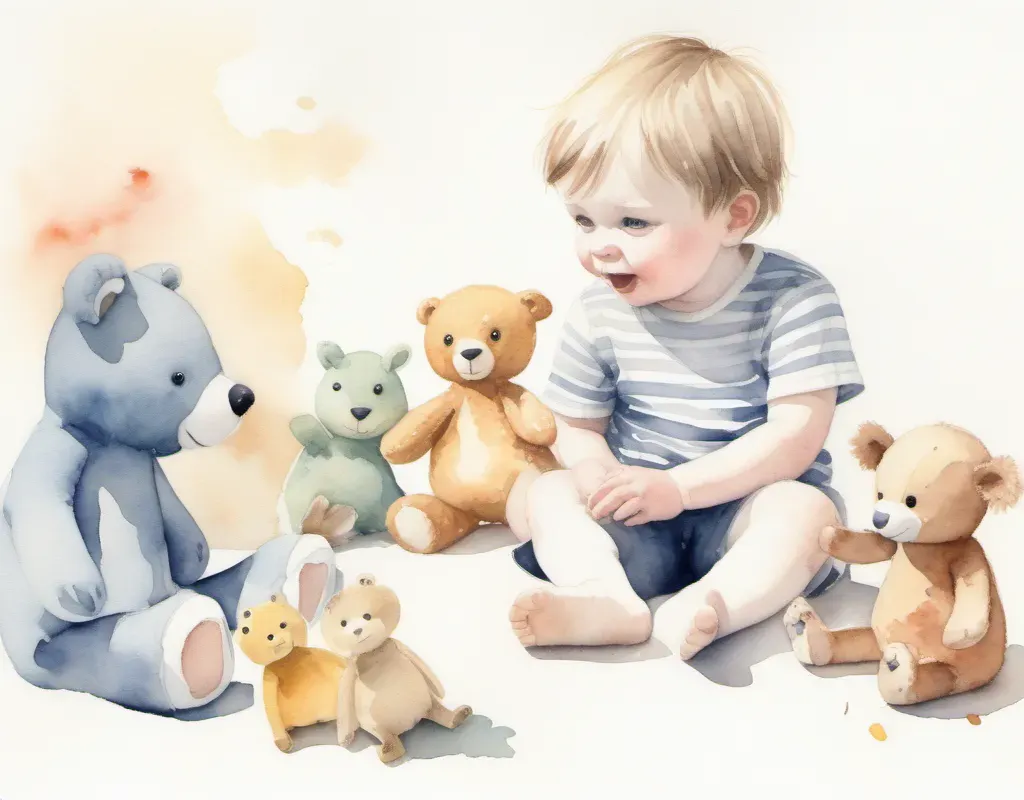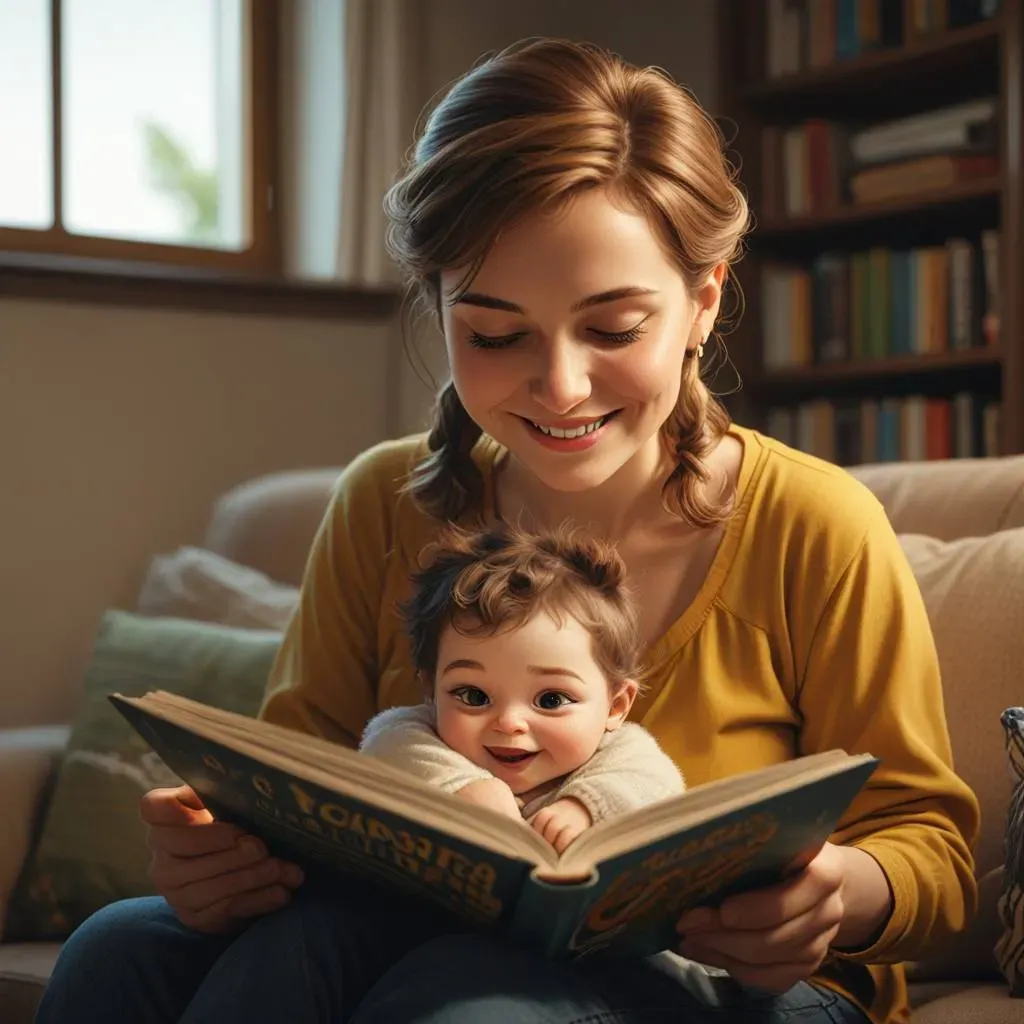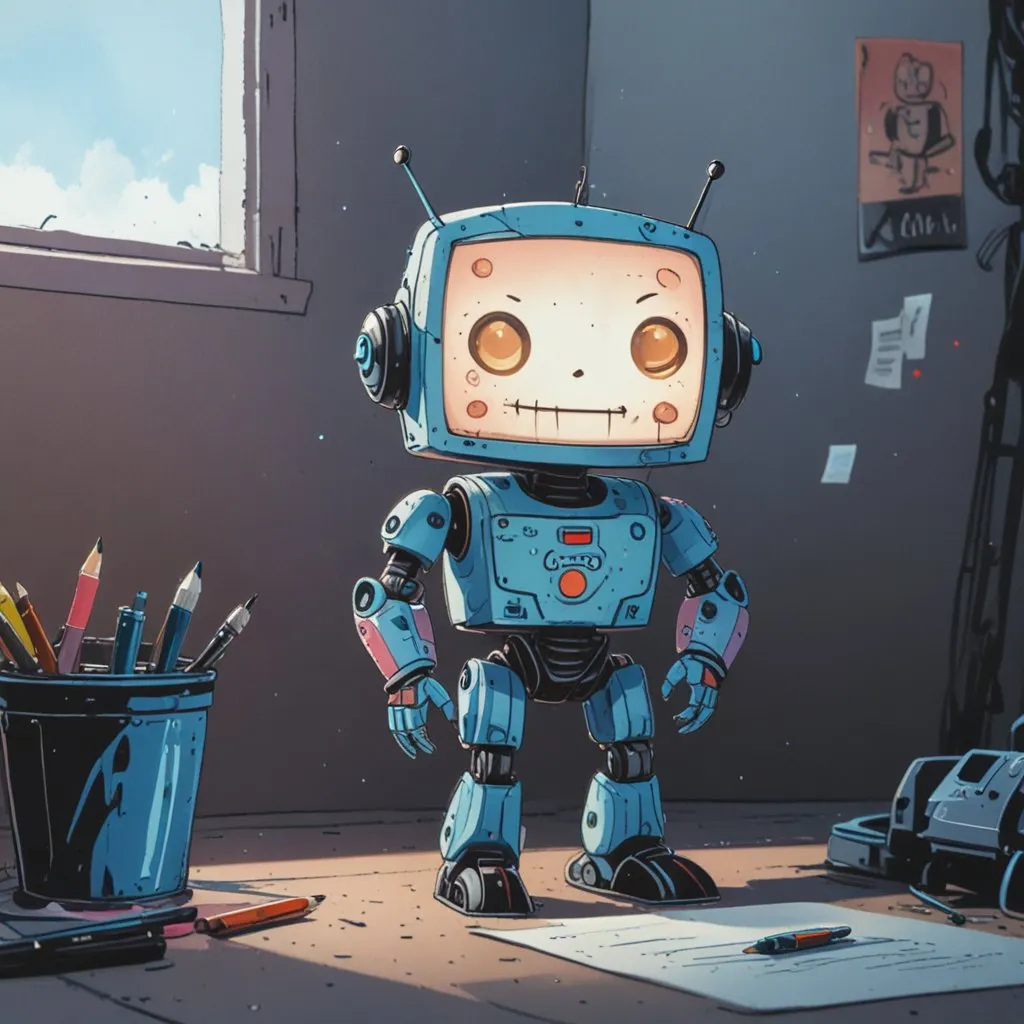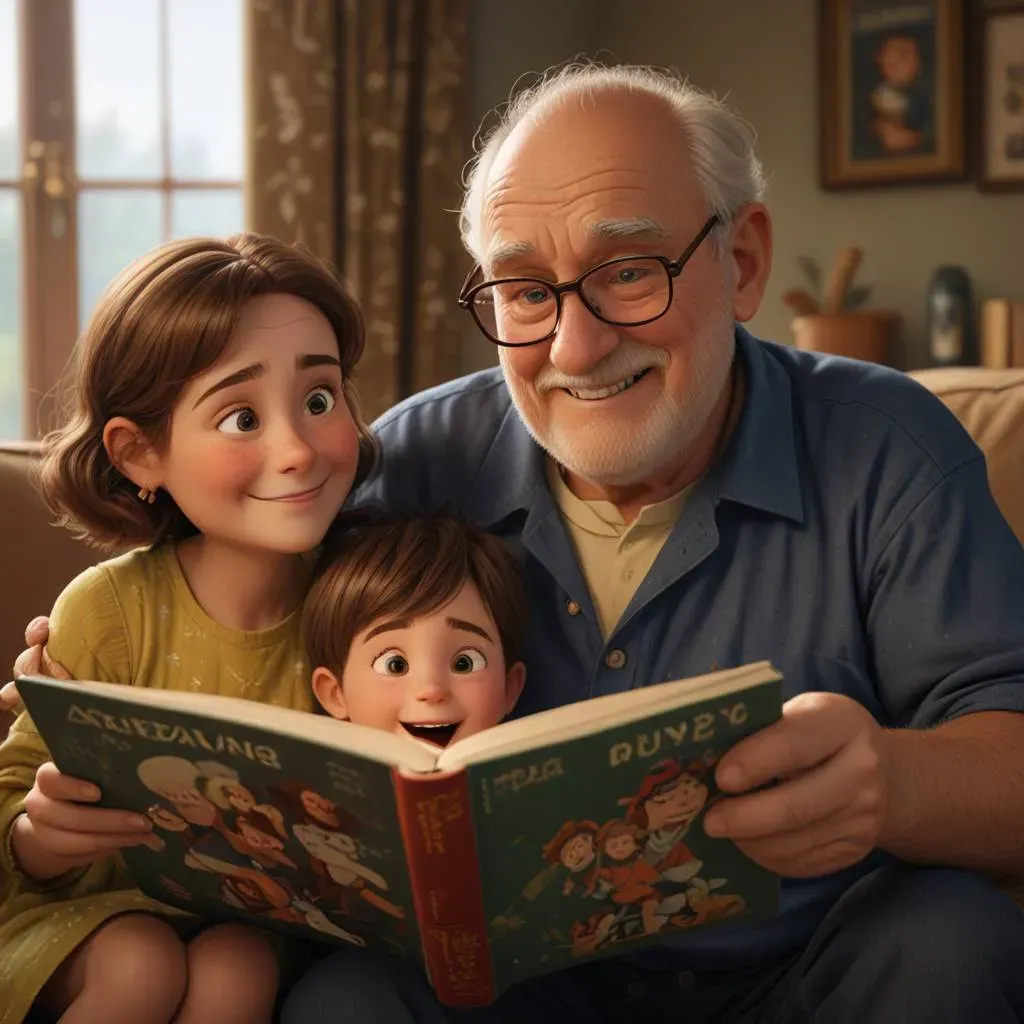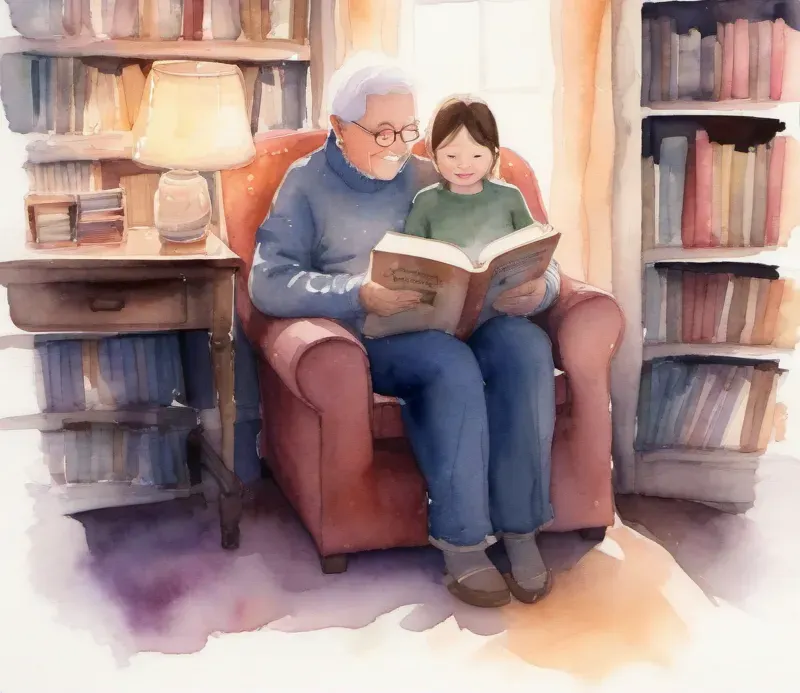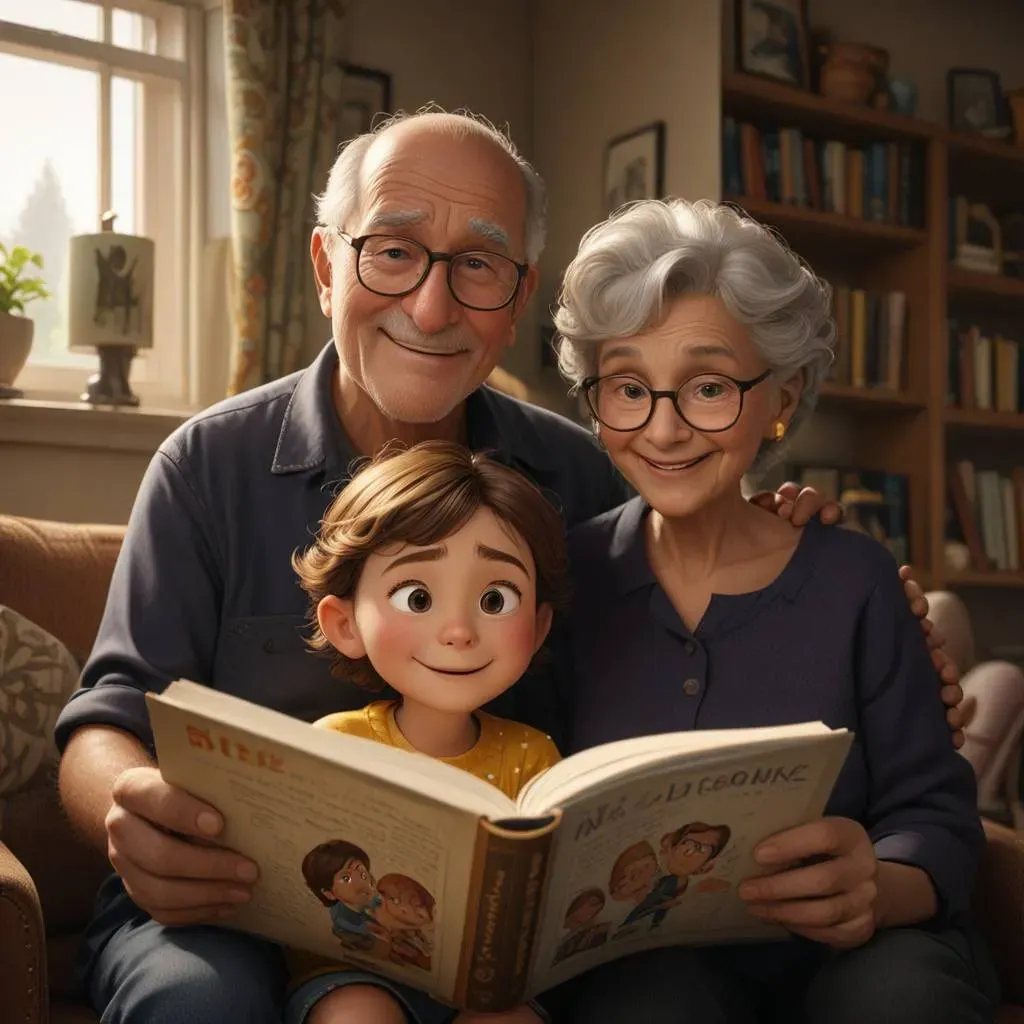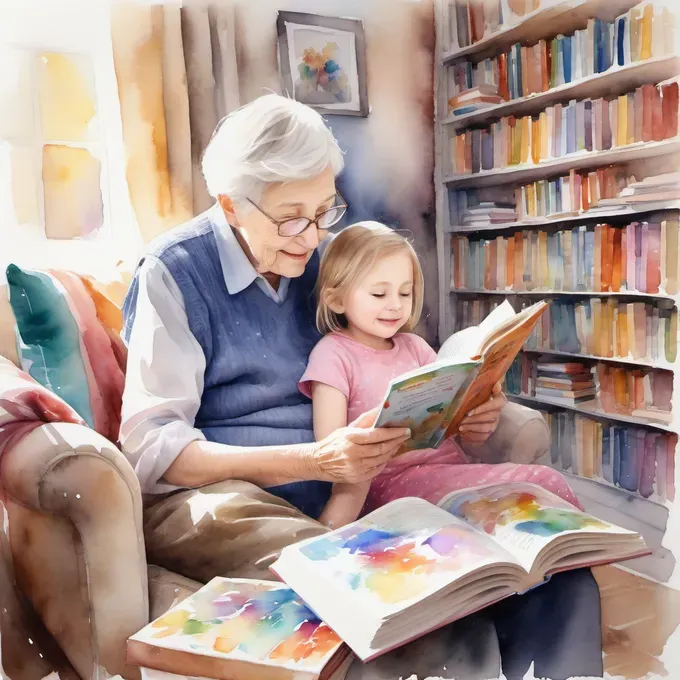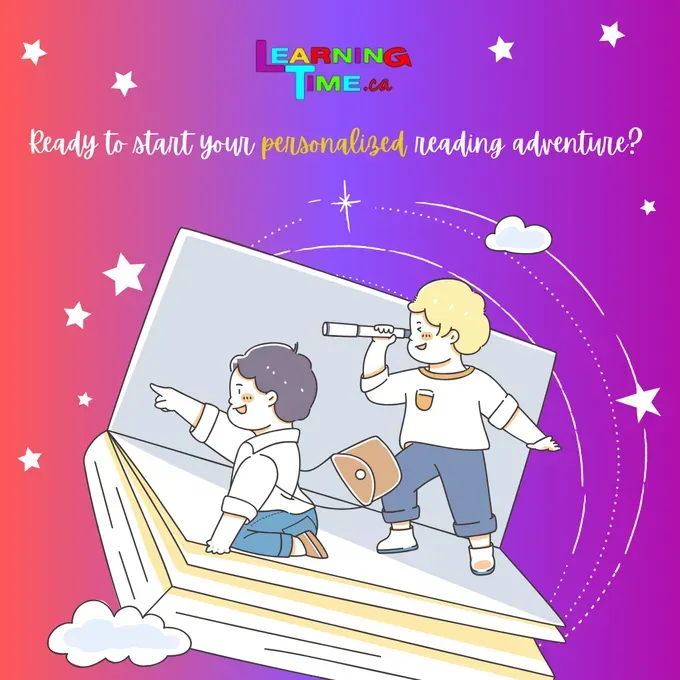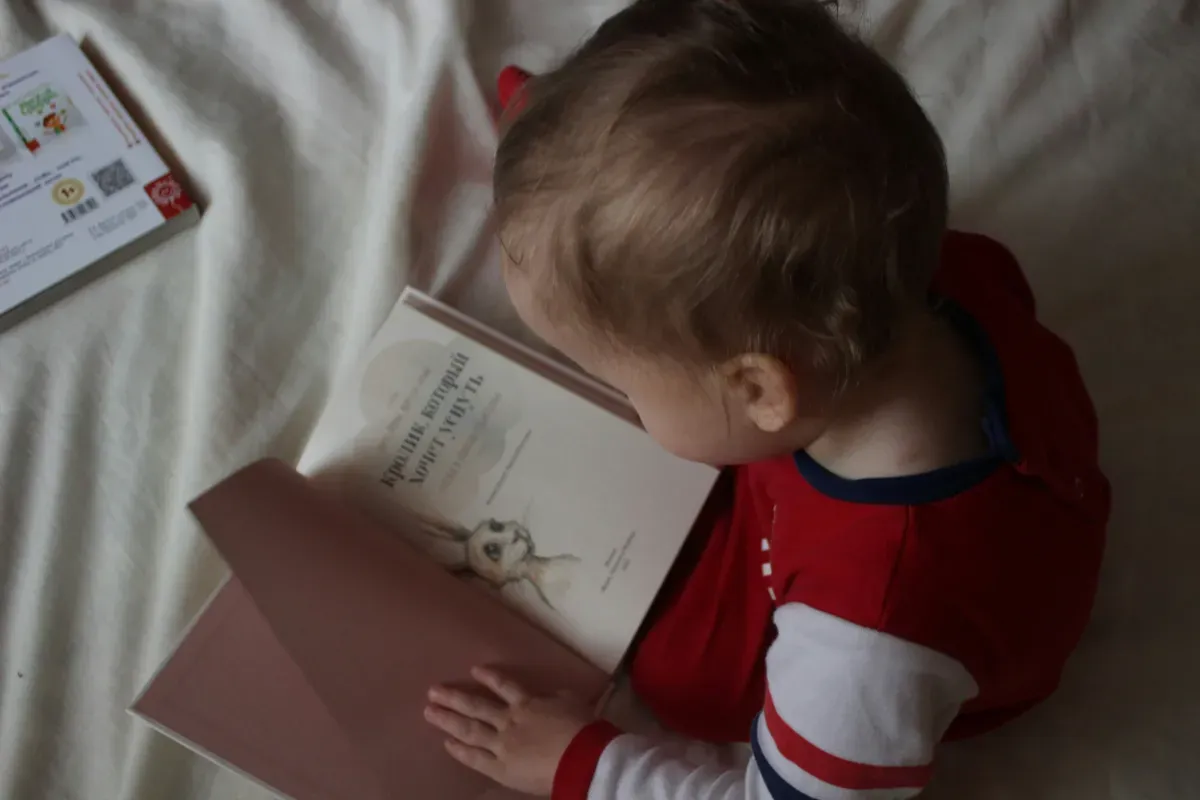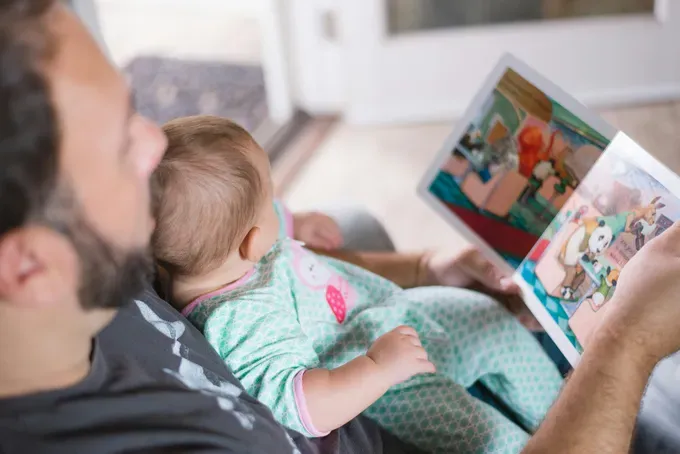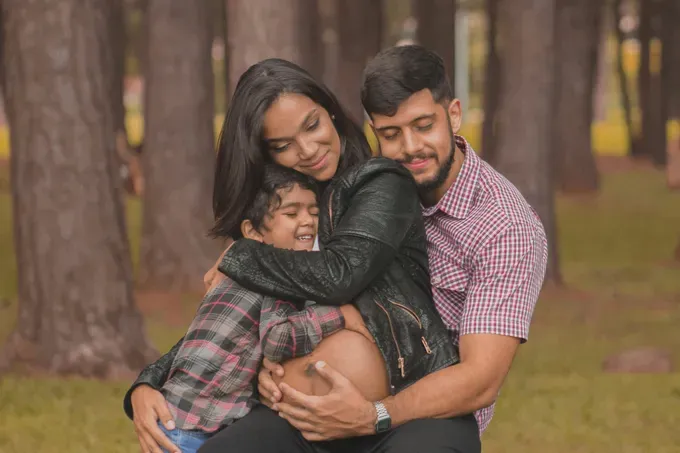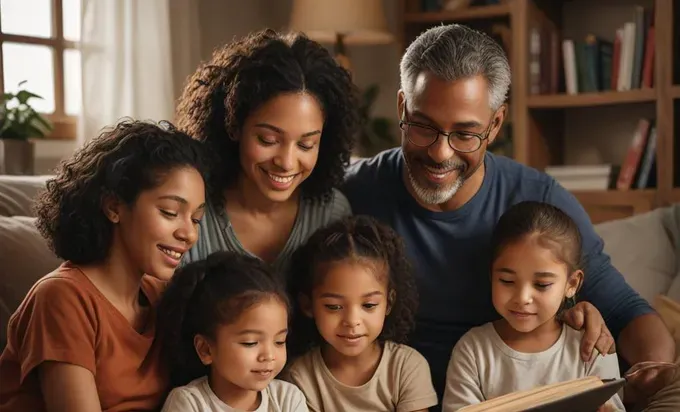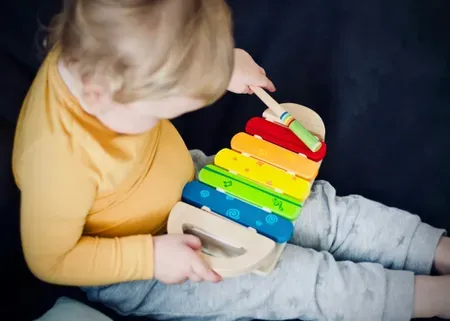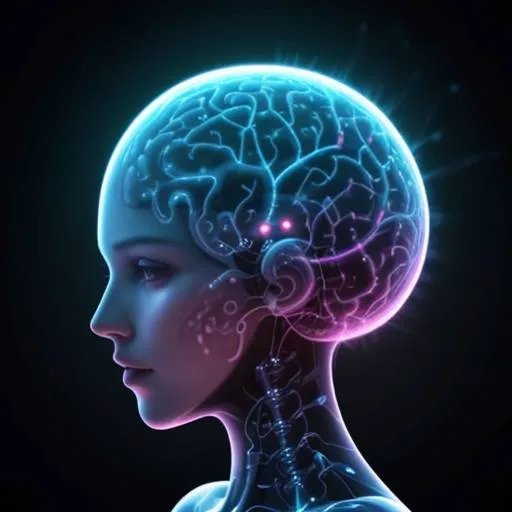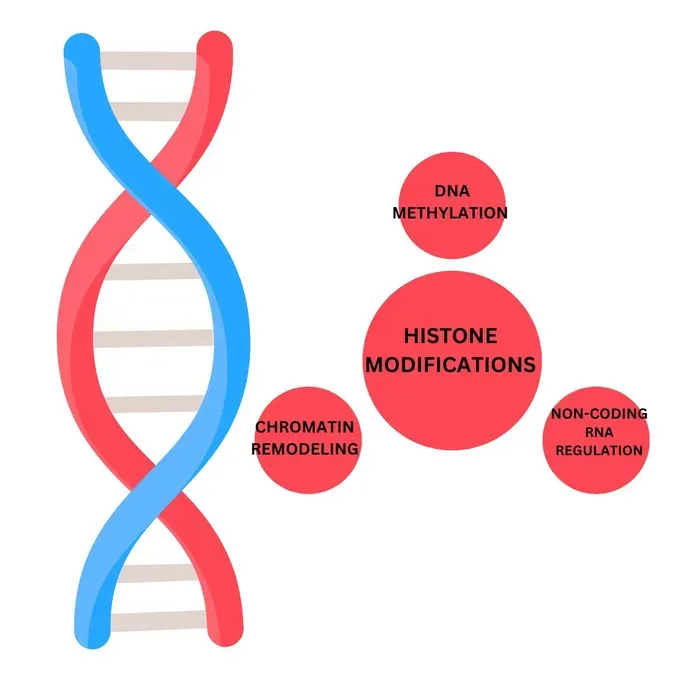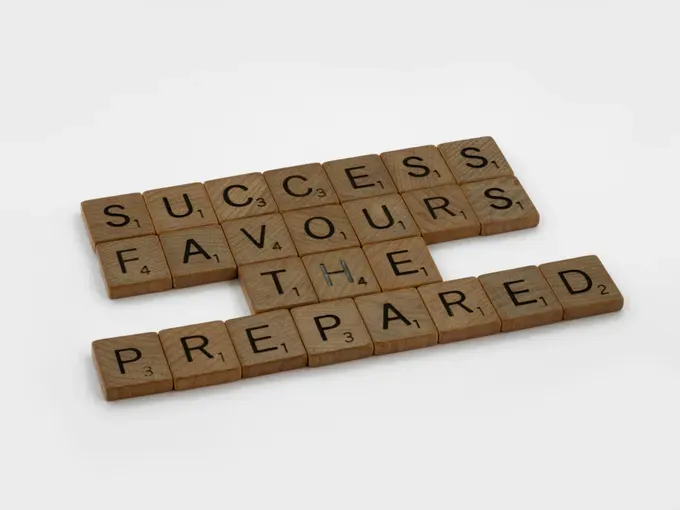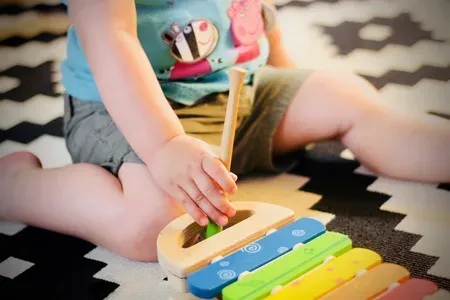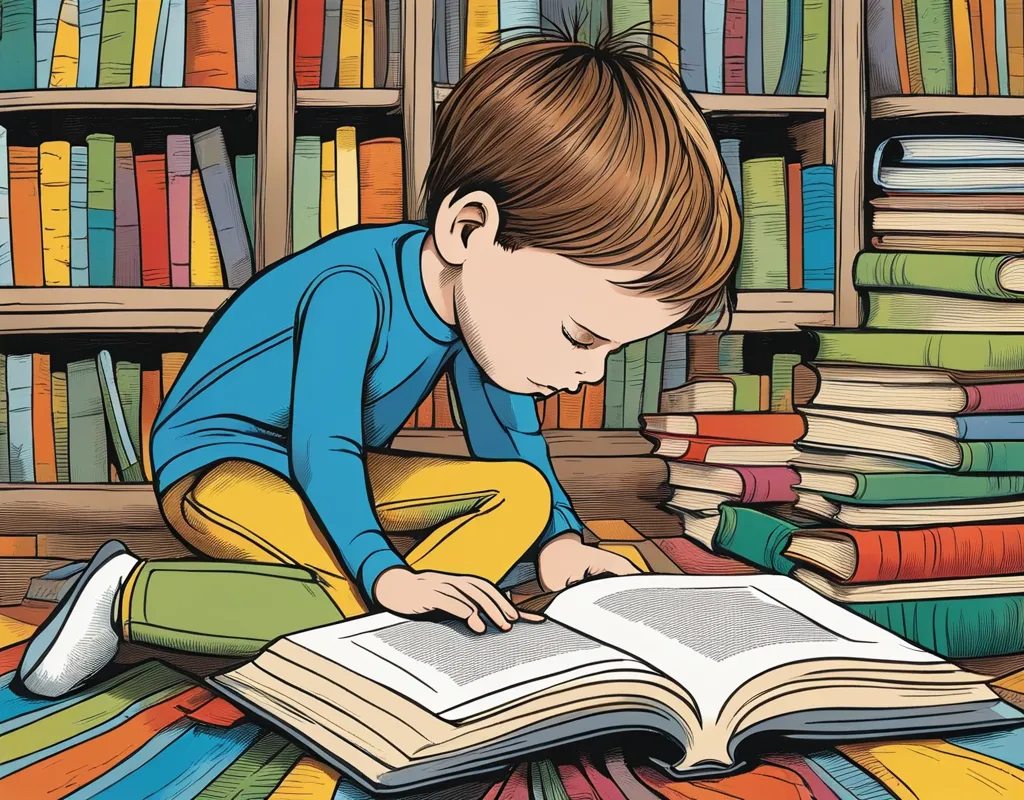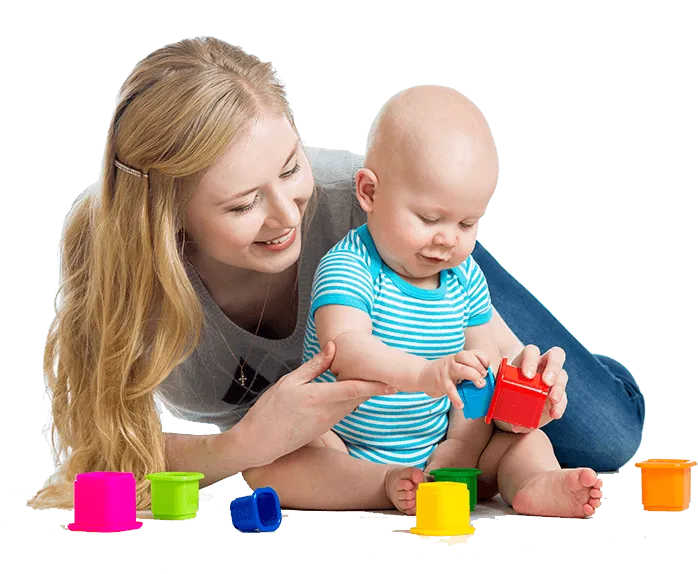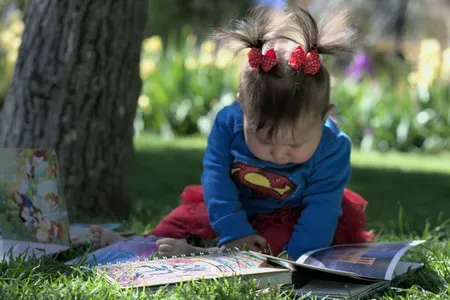Intergenerational Learning: Stories That Bring Us Together
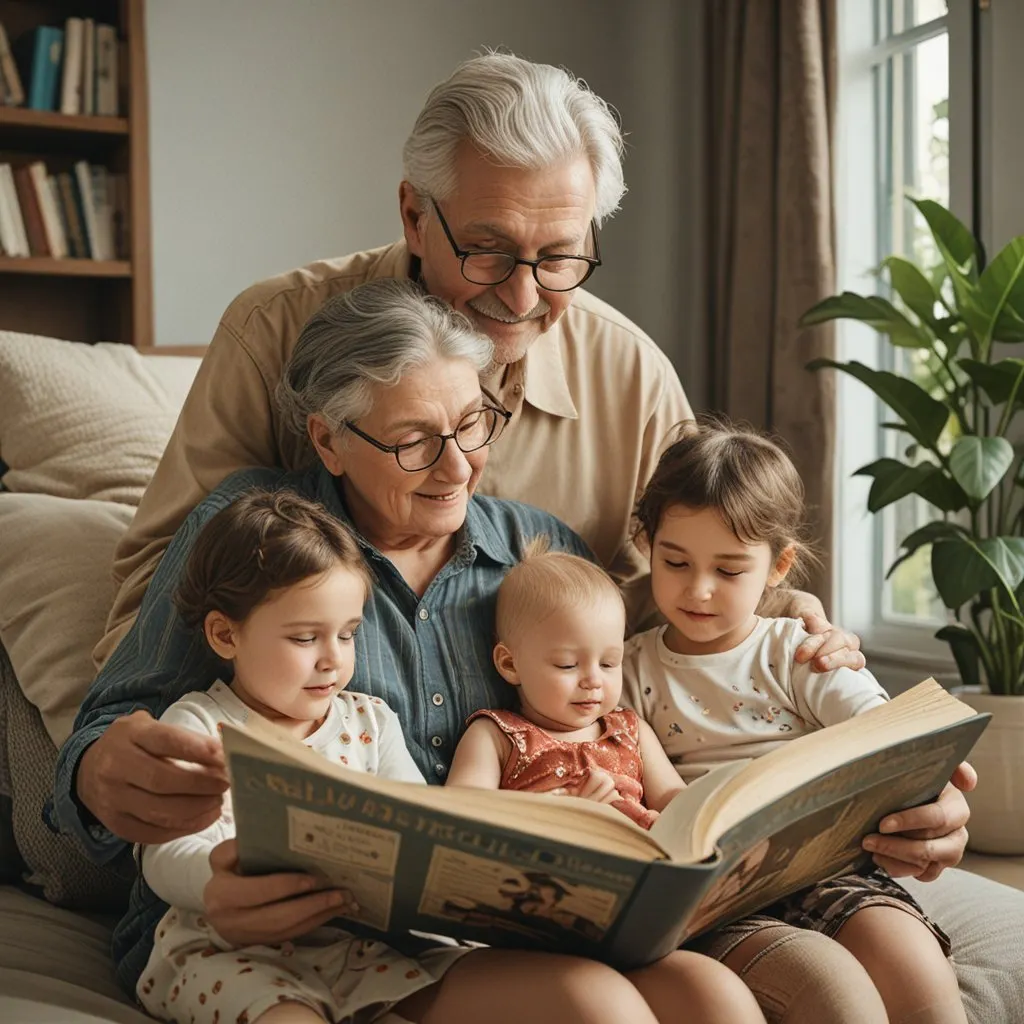
Key Highlights
- Intergenerational learning fosters reciprocal relationships, transferring knowledge across age groups.
- Storytelling strengthens social cohesion, empowering people of all ages.
- Grandmothers often act as key storytellers, bridging generations in ageing societies.
- Personalized stories tailored to different age groups enhance emotional and cultural bonds.
- Technology offers innovative avenues for older adults to share narratives, broadening family dynamics.
- Intergenerational practices contribute to lifelong learning and the development of social capital.
Introduction
Intergenerational relationships are key in promoting lifelong learning and sharing knowledge, facilitating the transfer of knowledge between generations. They help close the gaps between generations, allowing young and older people to connect more deeply. These important connections help families and communities build strong reciprocal learning relationships. Personalized storytelling becomes an important part of lifelong learning and these interactions. It allows older adults to share their wisdom while growing lasting bonds. These links are crucial for creating rich experiences for people of all ages.
The Essence of Storytelling in Intergenerational Bonding
 Storytelling is key to building connections between different generations. It gives a special chance for older adults and younger ones to connect on a personal level. This helps turn typical family moments into cherished memories. Older adults can share their wisdom and stories, while younger generations can learn important lessons about life.
Storytelling is key to building connections between different generations. It gives a special chance for older adults and younger ones to connect on a personal level. This helps turn typical family moments into cherished memories. Older adults can share their wisdom and stories, while younger generations can learn important lessons about life.
These shared stories strengthen emotional bonds and help everyone understand their history better. They also build respect among family members. By mixing personal storytelling with learning from one another, families can create strong relationships that benefit their whole community, no matter the age.
Why Stories Matter in Family Dynamics
Stories are very important for building strong connections within families. When families share their experiences, these stories help bridge gaps between different generations and bring people of all ages together. These shared stories strengthen bonds and create a sense of belonging that supports families through tough times while allowing them to celebrate what they value together.
Also, storytelling builds trust, empathy, and understanding among family members. It helps younger family members connect emotionally with their elders. They find common ground and learn to value their family's history. This way, families create strong ties that extend beyond just their home into the wider community.
For people of all ages, family stories give meaning to their experiences and help them understand their roots and heritage. Encouraging everyone to share their views helps families learn and connect. This makes relationships stronger across different generations.
The Role of Grandmothers in Narrative Sharing
Grandmothers play an important part in sharing stories. They have much wisdom and experience in ageing societies. Their tales connect us to the past. They teach us lessons from their youth. These stories create strong ties between grandparents, parents, and young children across different generations.
Older adults enrich these exchanges by sharing personal stories. Some of these stories show courage, strength, or tradition. When they connect with young people, they help them understand and value shared histories.
Moreover, grandmothers help build intergenerational relationships. They encourage young children to explore new ideas and views through storytelling. By sharing life lessons in their stories, grandmothers pass on knowledge and morals. They create a caring and welcoming family environment.
Techniques for Effective Storytelling Between Generations
To make storytelling more impactful for everyone, there are some techniques you can use to engage listeners. First, create an interactive space. This encourages everyone to ask questions and share their ideas, which helps them stay focused. Also, use stories that fit the ages of your listeners. This makes the stories relatable and connects with them better.
When families work on activities together, like making up stories or using simple props, they naturally build connections across different ages. These techniques help create a welcoming environment. Here, people of all ages can share and enjoy meaningful storytelling experiences.
Crafting Personalized Stories for Different Age Groups
Personalized stories made for different age groups help strengthen intergenerational relationships. For storytelling with young children:
- Use fun props like wooden characters or sequencing cards to make the experience better.
- Choose rhyming texts and classic tales since they support their learning skills.
For older people, emotional stories or tales that spark memories connect strongly because of their life experiences. Stories can be adapted for all generations by mixing shared interests, combining old tales with modern themes.
Getting everyone involved in creating unique stories builds strong emotional ties. It helps family members find things they share. Storytelling allows the young and old to connect and share their views. This approach builds a stronger family identity and mutual respect.
Utilizing Technology to Bridge the Generational Gap
As technology changes, it is more and more used to connect different generations through storytelling. Older people can use digital tools to share their stories. This helps make storytelling easier and brings generations together. For instance, social media, online storytelling apps, and video calls allow for fun and creative exchanges.
Examples of Technology for Storytelling
Tool, Feature, Benefit, Social media platforms, Share videos, audio files, and written notes, Nurtures emotional connections globally, Online apps (e.g., StoryCorps), Create and archive personalized audio stories, Preserves family narratives, Video conferencing tools, Facilitate real-time storytelling conversations, & Promotes shared experiences despite distance
Using these technologies helps with intergenerational practice. It highlights the importance of lifelong learning and gives families around the world opportunities to share their stories.
Benefits of Intergenerational Learning
 Intergenerational learning offers many benefits. It helps build reciprocal learning relationships within families and communities. When younger and older people share experiences like storytelling, they gain new perspectives. This also helps them develop social skills and emotional intelligence.
Intergenerational learning offers many benefits. It helps build reciprocal learning relationships within families and communities. When younger and older people share experiences like storytelling, they gain new perspectives. This also helps them develop social skills and emotional intelligence.
Additionally, this learning method tackles important social issues. It fights against stereotypes and promotes social cohesion. Bringing different generations together strengthens friendships and boosts overall well-being. It also encourages lifelong learning, which is important for vibrant and harmonious communities.
Enhancing Emotional Intelligence Through Shared Stories
Sharing stories helps people learn from each other. This boosts emotional intelligence in both young and old. Telling stories encourages self-reflection, empathy, and listening, which are important for connecting with others. Young people can learn a lot from older family members, and older people also benefit by creating new relationships.
Storytelling greatly increases social capital. When different generations share stories, they create common values and better understand each other's views. This emotional intelligence makes communication stronger and builds trust among them.
In societies with aging populations, storytelling helps seniors fight loneliness and stay connected with their families. The emotional ties created through these stories create a welcoming space where everyone feels valued and heard, no matter their age.

Fostering Cultural and Historical Awareness
Storytelling helps pass knowledge from one generation to the next. It makes us more aware of our culture and history. These stories often tell important events, traditions, or personal experiences. They help younger people understand who they are and where they come from.
When we share these stories, we create stronger social bonds. People connect over shared memories and take pride in their culture. Young family members learn to value their family's history and contributions. Meanwhile, older storytellers feel good knowing they are making a difference in the lives of younger generations.
Intergenerational storytelling connects people of all ages. It allows them to share their different life experiences. This exchange fosters respect and encourages young people to recognize the hard work and achievements of those who came before them. Storytelling helps bring families and communities closer together, creating a sense of belonging for everyone.
Related Articles :
World Book Day for Kids: Sparking a Love for Reading
Mother's Day for Grandma: Personalized Stories for Learning
From Words to Wisdom: How Early Literacy Shapes Success Across Life's Journey
Conclusion
In conclusion, storytelling is a strong link between different generations. It helps share wisdom, experiences, and culture. When we look at the special role grandmothers have in sharing stories, we see how personal stories can strengthen family ties. By using good storytelling skills and modern technology, we can create deeper connections.
This not only boosts emotional understanding but also helps us know more about our shared past. Learning from each other through storytelling makes life better for both grandparents and grandchildren. It builds a lasting gift of love and knowledge that goes beyond time. As you start this beautiful journey, remember the stories you tell today will shape the stories of tomorrow.

Frequently Asked Questions
What are some tools to help seniors share stories digitally?
Older adults can use digital platforms like StoryCorps, video calling apps such as Zoom, or social media to share their stories. These tools help connect different generations. They allow people to keep their stories, build strong emotional ties, and promote inclusivity within families.
What are the benefits of intergenerational learning for both grandparents and grandchildren?
Grandparents and grandchildren gain a lot from learning together. This helps grow emotional intelligence and understanding of different cultures. It also strengthens family ties. Learning between generations encourages a love for learning throughout life. It allows people to share what they have experienced and find important connections with others, no matter their age.
How can personalized stories enhance the bond between generations?
Personalized storytelling helps connect feelings between different generations. It creates stories that fit family relationships. This type of storytelling builds respect and strengthens social cohesion. It lets families find shared values and make memories that last together.
What techniques can be used to encourage storytelling among family members?
To encourage storytelling, use engaging strategies. You can use interactive props, make inclusive spaces, and share creative prompts. These techniques help break down barriers in communication. They inspire bonding across generations. This way, family members can connect by sharing meaningful stories.
How can technology facilitate intergenerational connections and storytelling?
Digital tools like apps, social media, and video calls make it easier for older people and young children to tell their stories. These modern solutions help create shared experiences, encourage inclusiveness, and strengthen the connections between different generations through storytelling.
Reference:
https://www.ncbi.nlm.nih.gov/pmc/articles/PMC7501322/
https://pubmed.ncbi.nlm.nih.gov/17411492/
https://generationsworkingtogether.org/

Written with Augmented Intelligence and SHiNER The Human



